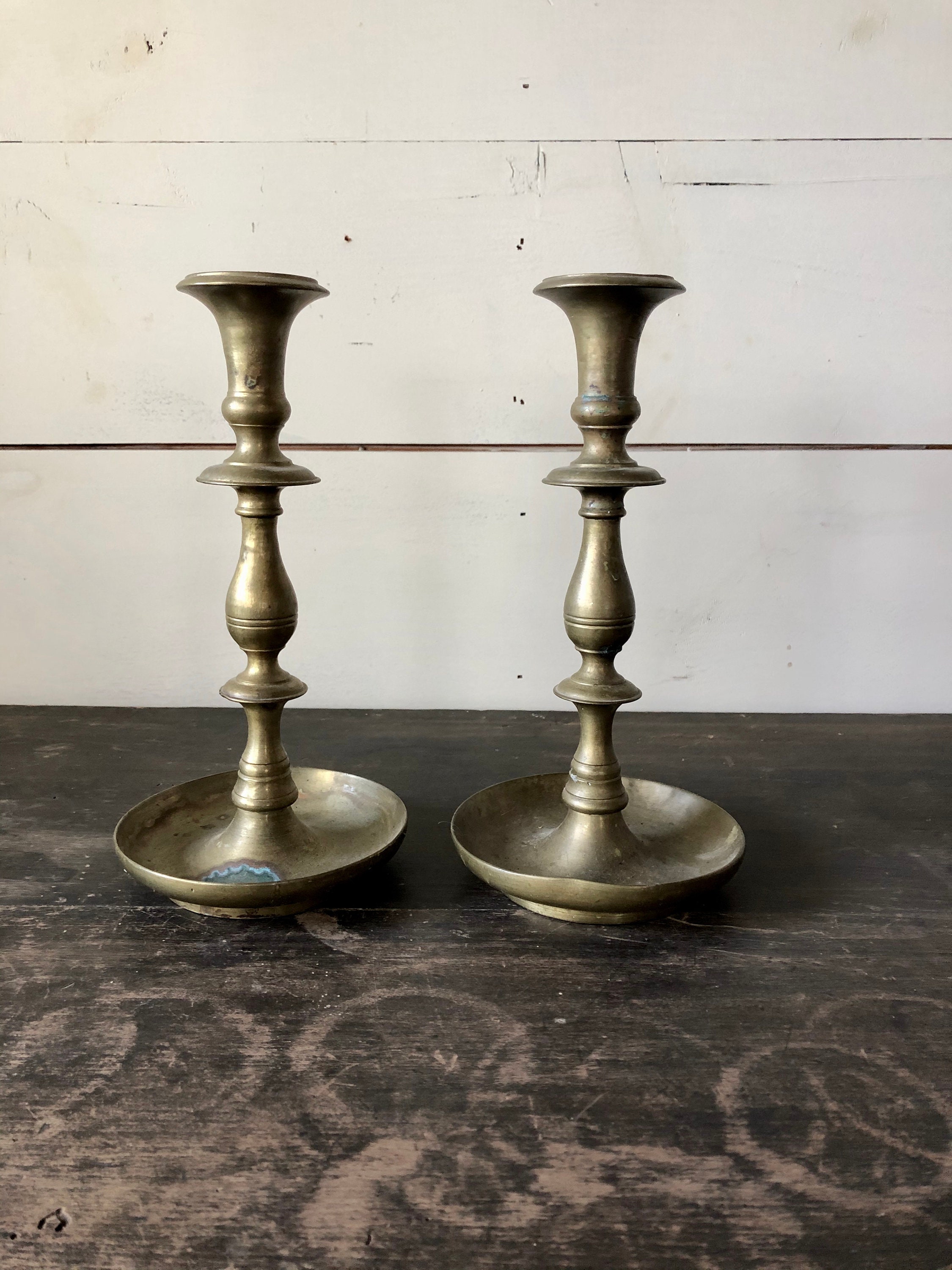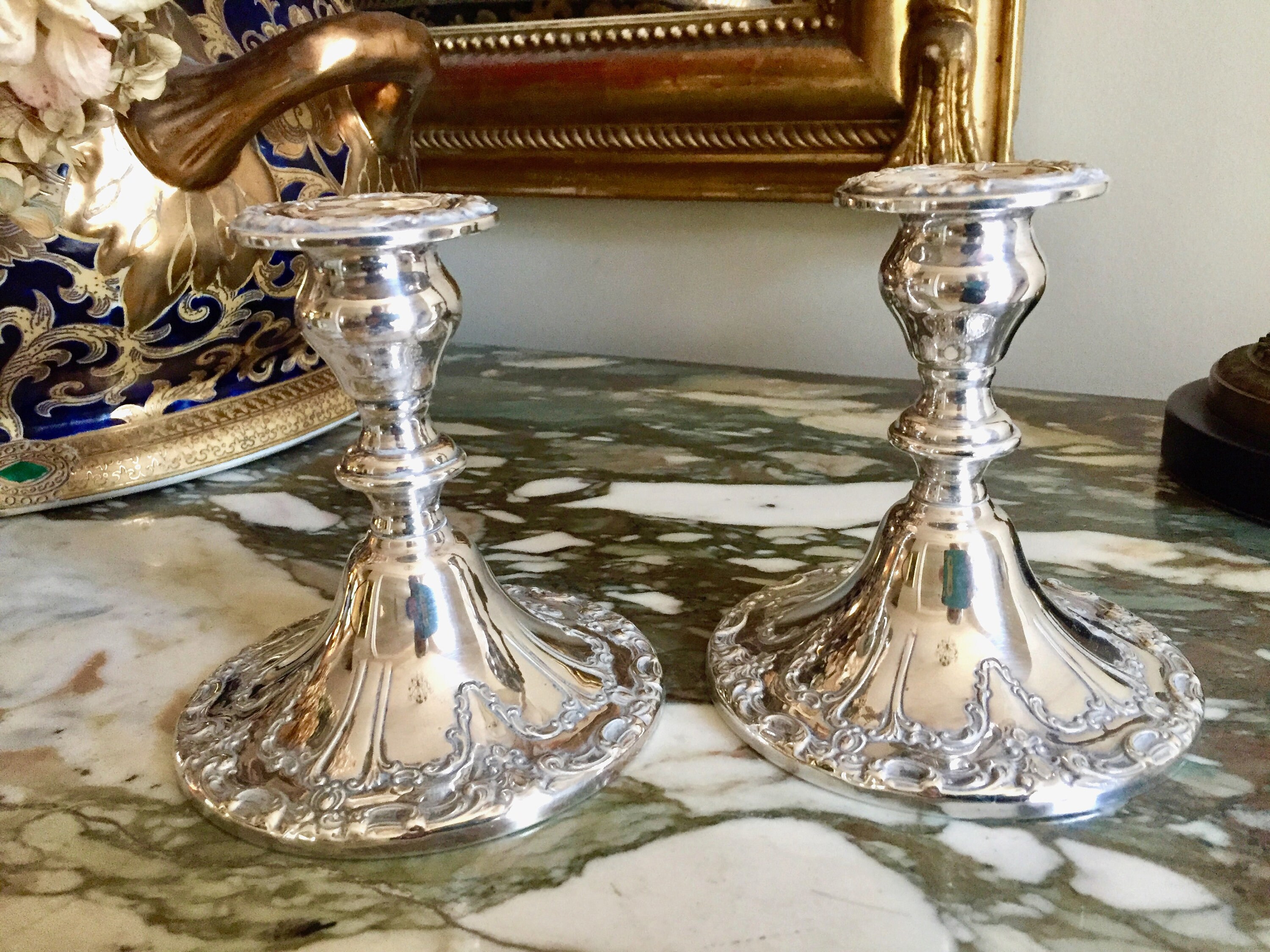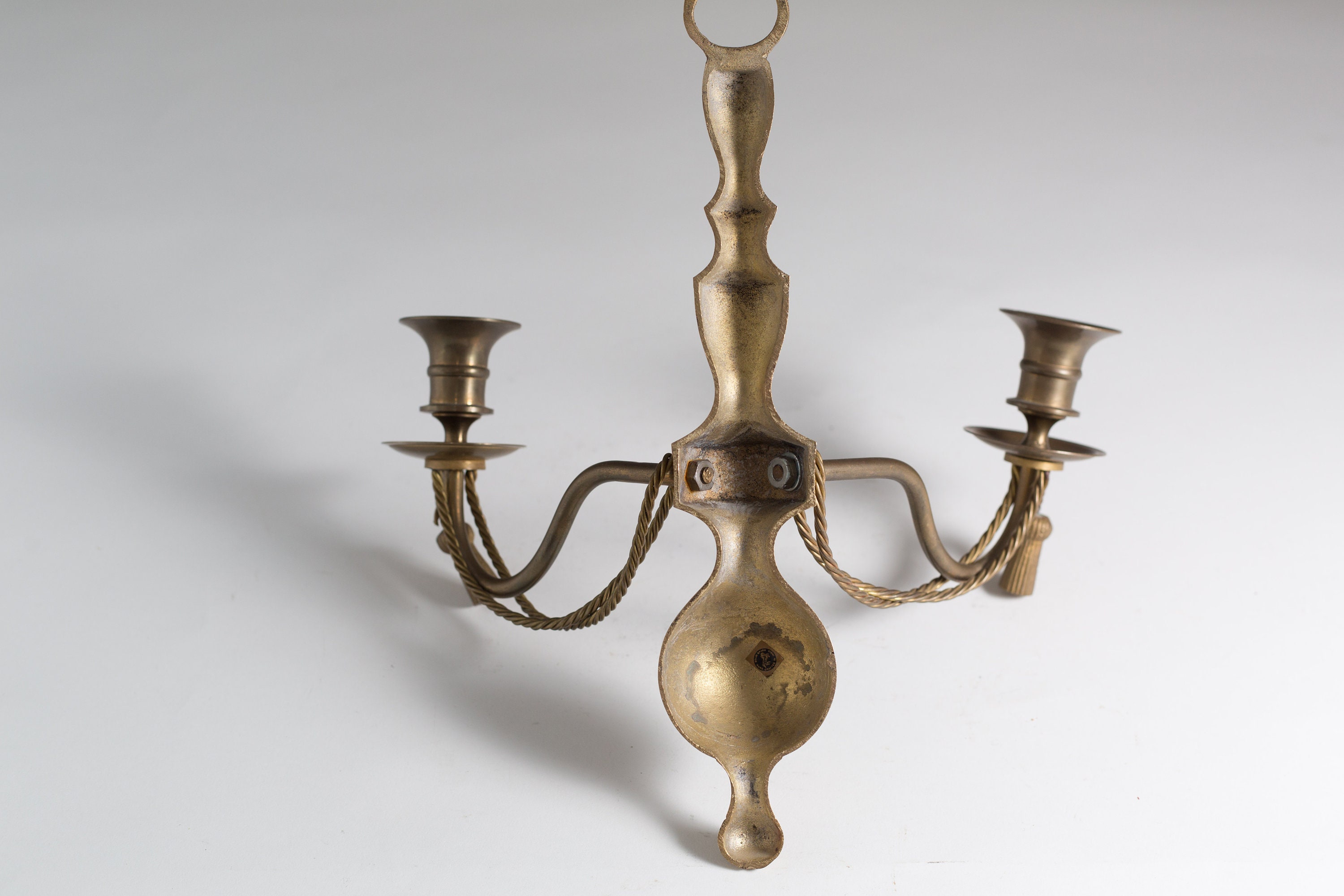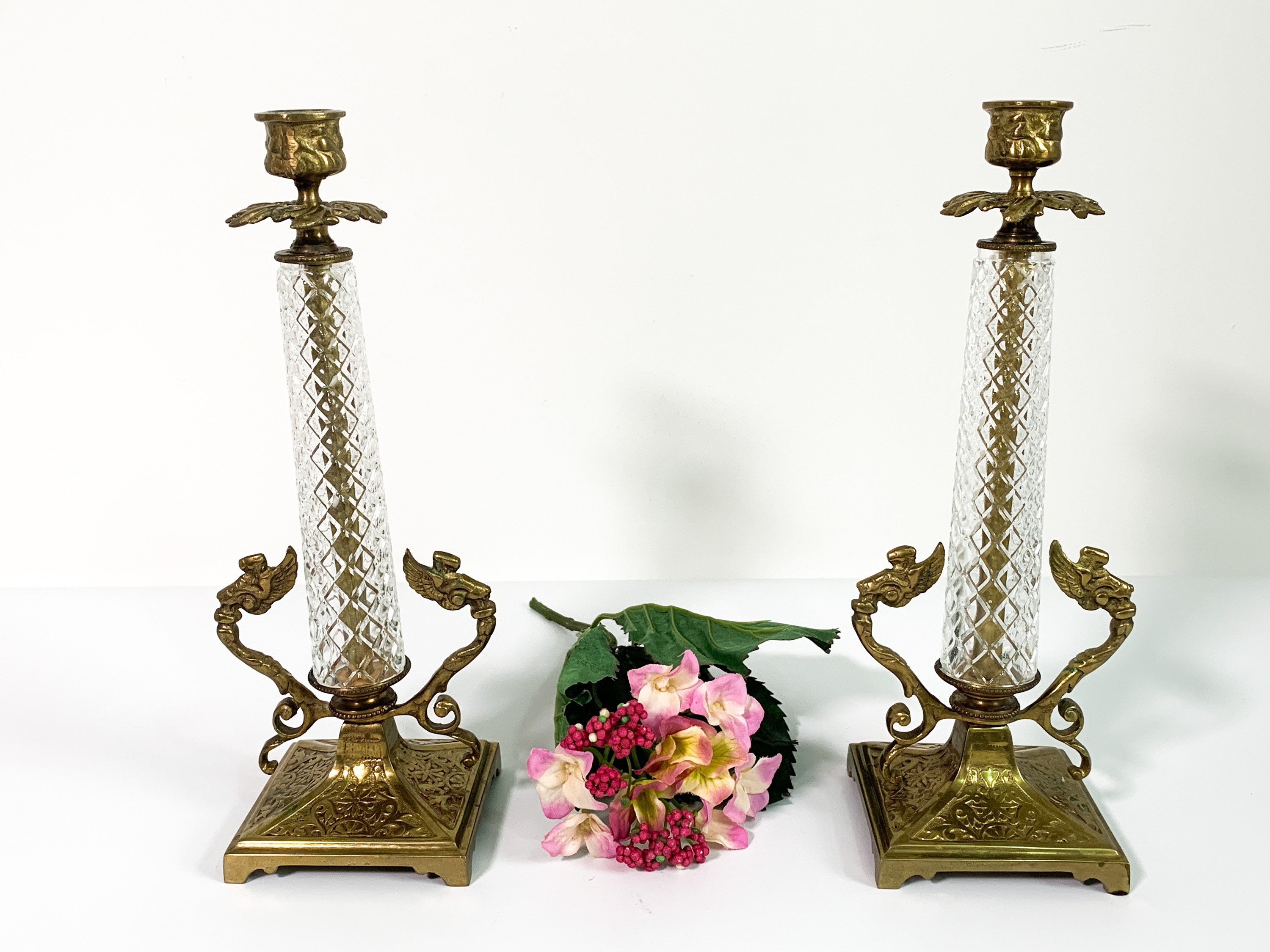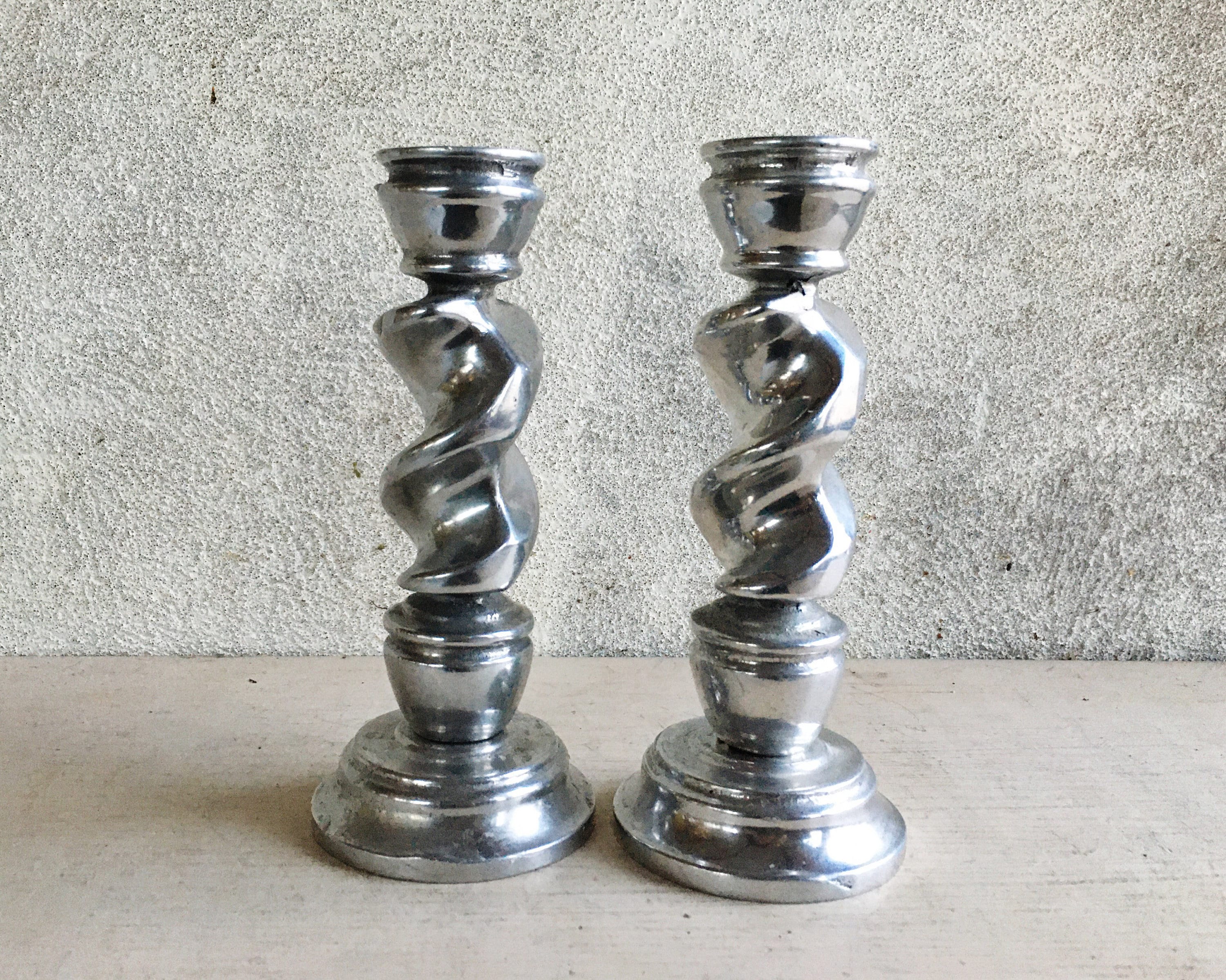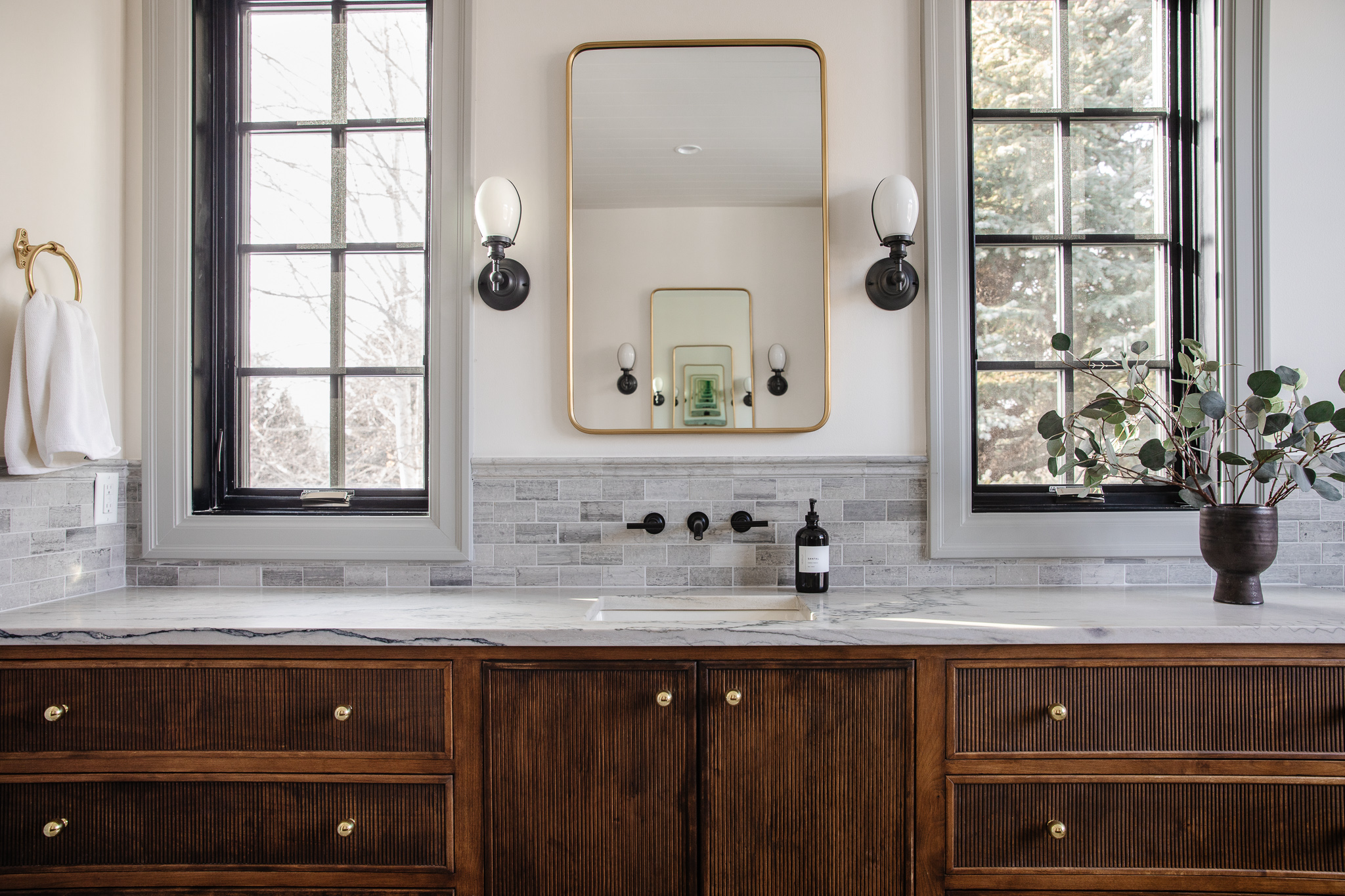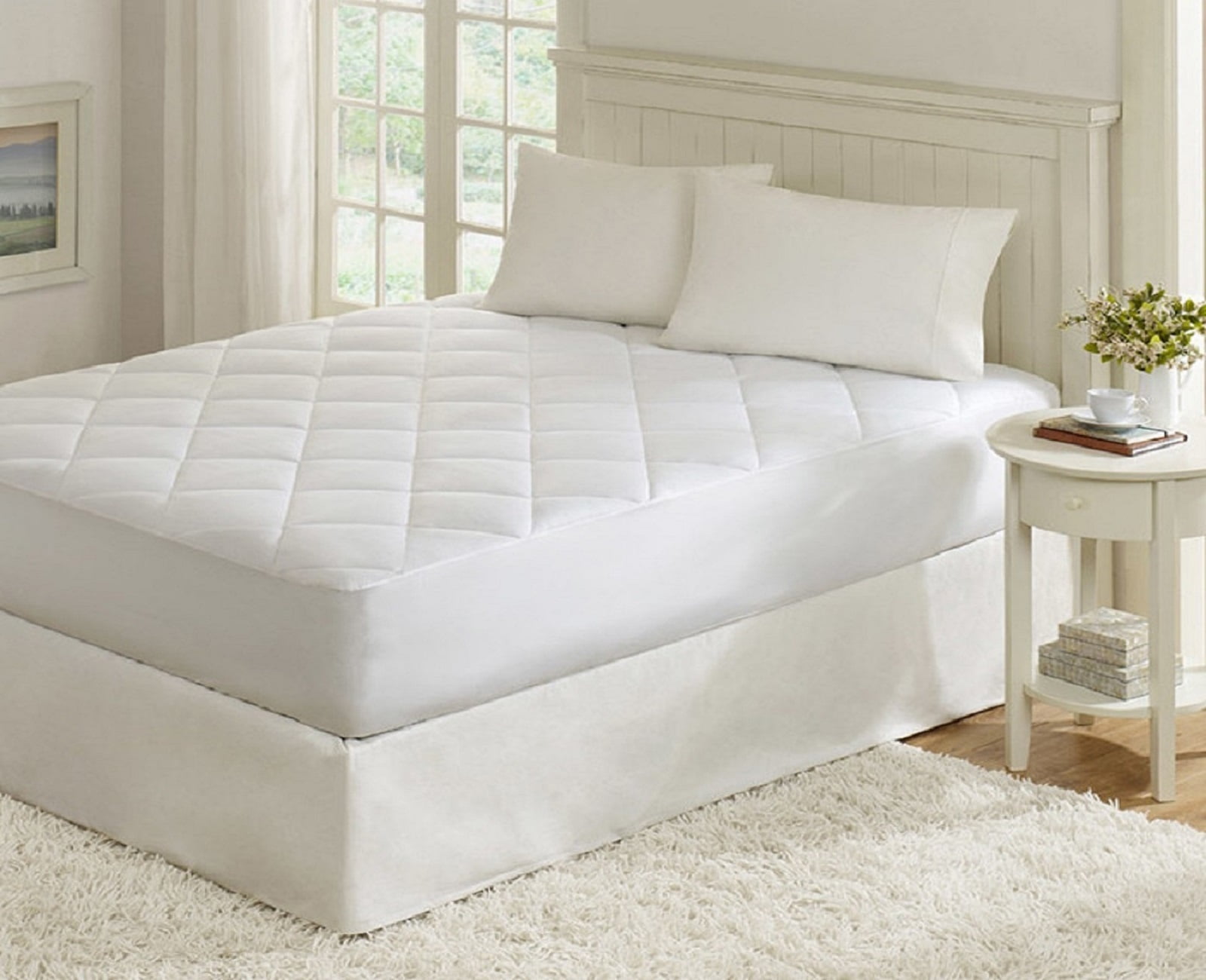1800s Common Dining Room Interior
The 1800s was a time of elegance and grandeur, and nowhere was that more evident than in the dining room. The common dining room interior of this era was a reflection of the Victorian era, with ornate furnishings and lavish decorations that showcased the homeowner's wealth and status.
Victorian Era Dining Room
The Victorian era dining room was the center of social gatherings and formal dinners. It was a room that was designed to impress, with its elaborate décor and luxurious furnishings. The walls were often adorned with intricate wallpaper, and the floors were covered in rich carpets. The dining table was the focal point of the room, often made of solid mahogany and intricately carved with intricate designs.
Antique Dining Table
No Victorian dining room would be complete without an antique dining table. These tables were often passed down through generations and were considered a prized possession. They were not only functional but also a statement piece in the room. The most popular styles during this time were the Regency and Victorian styles, which featured intricate carvings and ornate details.
Formal Dining Chairs
To complement the grandeur of the dining table, formal dining chairs were essential. These chairs were often made of solid wood and upholstered in luxurious fabrics such as velvet or silk. They were also intricately carved and featured elaborate designs. The number of chairs in the dining room often indicated the homeowner's social status, with larger tables and more chairs being a sign of wealth and importance.
Crystal Chandelier
No formal dining room would be complete without a crystal chandelier. These stunning light fixtures were a symbol of wealth and were often the centerpiece of the room. They were intricately crafted with sparkling crystals and provided a warm and inviting glow to the dining room.
Wooden Sideboard
A wooden sideboard was a staple in the dining room of the 1800s. It was not only a functional piece of furniture for storing dishes and silverware but also a decorative element. The sideboard was often made of solid oak or walnut and featured intricate carvings and details, such as claw feet or scrollwork.
Ornate Wallpaper
The walls of the dining room were often covered in ornate wallpaper to add to the luxurious atmosphere. These wallpapers featured intricate designs and patterns and were often made of embossed or flocked paper. The colors were rich and vibrant, with deep reds, greens, and blues being popular choices.
Fine China Dinnerware
No formal dinner would be complete without fine china dinnerware. These delicate dishes were a symbol of sophistication and were often passed down through generations. The most popular designs during the 1800s were floral and gilded patterns, which added a touch of elegance to the dining table.
Velvet Curtains
To add a touch of luxury and warmth to the dining room, velvet curtains were a popular choice. These heavy and sumptuous drapes were not only functional for keeping out drafts but also added a touch of opulence to the room. The colors were often deep and rich, such as burgundy, emerald green, or royal blue.
Candlestick Holders
No formal dinner would be complete without candlestick holders adorning the dining table. These ornate holders were often made of silver or crystal and added a romantic and elegant touch to the room. The candles would provide a warm and inviting glow, creating the perfect ambiance for a formal dinner.
The Role of the Dining Room in 1800s House Design
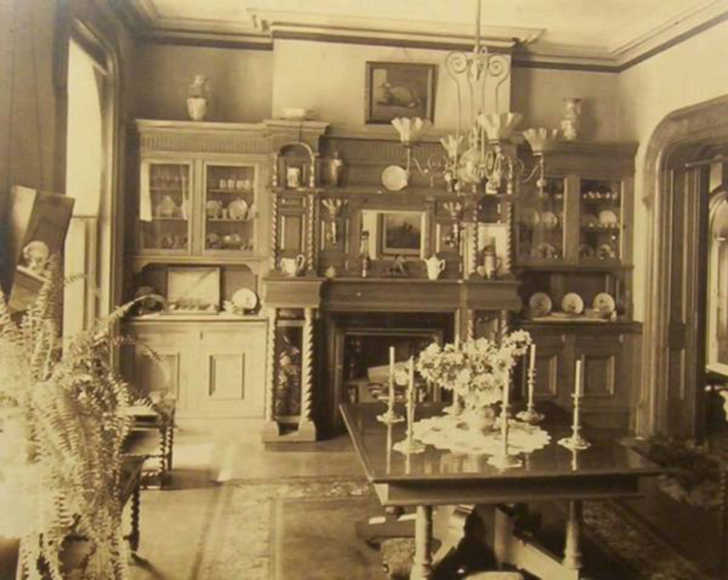
The Heart of the Home
 The 1800s marked a time of great importance placed on the dining room in house design. It was considered the heart of the home, where families gathered to share meals and bond with one another. As such, the dining room was given utmost attention in terms of design and decor.
Common Features
In the 1800s, the dining room was typically located on the ground floor, adjacent to the kitchen for easy access. It was a formal space, reserved for special occasions and hosting guests. The room was often decorated with intricate wallpaper, ornate chandeliers, and elaborate curtains, showcasing the wealth and status of the homeowner.
Furniture
The dining room was furnished with a large dining table and matching chairs, often made of dark, polished wood. The chairs were usually upholstered with luxurious fabrics, such as velvet or silk, adding to the grandeur of the room. Sideboards and china cabinets were also common features, used to display fine china and silverware.
The 1800s marked a time of great importance placed on the dining room in house design. It was considered the heart of the home, where families gathered to share meals and bond with one another. As such, the dining room was given utmost attention in terms of design and decor.
Common Features
In the 1800s, the dining room was typically located on the ground floor, adjacent to the kitchen for easy access. It was a formal space, reserved for special occasions and hosting guests. The room was often decorated with intricate wallpaper, ornate chandeliers, and elaborate curtains, showcasing the wealth and status of the homeowner.
Furniture
The dining room was furnished with a large dining table and matching chairs, often made of dark, polished wood. The chairs were usually upholstered with luxurious fabrics, such as velvet or silk, adding to the grandeur of the room. Sideboards and china cabinets were also common features, used to display fine china and silverware.
Entertaining in Style
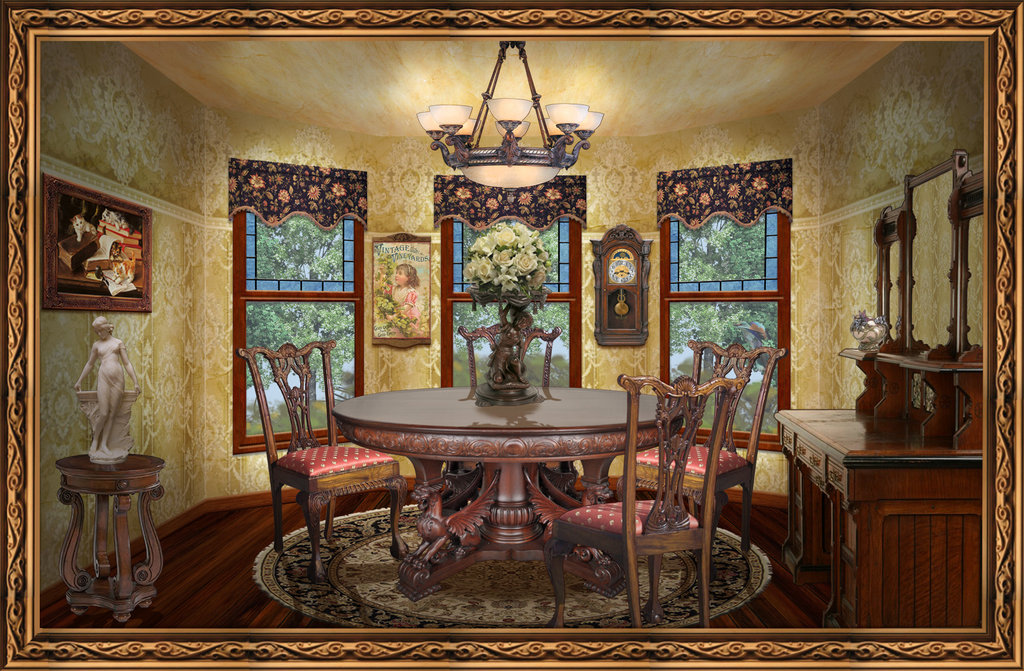 The dining room was not only a place for dining, but also for entertaining guests. Elaborate dinner parties were a common occurrence, and the dining room served as a stage for the host to showcase their wealth and sophistication. This led to the inclusion of additional features such as a bar or serving table, to facilitate the hosting of large and lavish events.
The Rise of Formal Dining Etiquette
With the increased importance placed on the dining room, formal dining etiquette also became a crucial aspect of 1800s house design. This included rules on table setting, seating arrangements, and proper behavior during meals. The dining room became a symbol of refinement and social status, and adhering to these rules was seen as a sign of good breeding.
The dining room was not only a place for dining, but also for entertaining guests. Elaborate dinner parties were a common occurrence, and the dining room served as a stage for the host to showcase their wealth and sophistication. This led to the inclusion of additional features such as a bar or serving table, to facilitate the hosting of large and lavish events.
The Rise of Formal Dining Etiquette
With the increased importance placed on the dining room, formal dining etiquette also became a crucial aspect of 1800s house design. This included rules on table setting, seating arrangements, and proper behavior during meals. The dining room became a symbol of refinement and social status, and adhering to these rules was seen as a sign of good breeding.
Modern-Day Influence
 Today, the influence of 1800s dining room design can still be seen in many homes. While the formality has lessened, the dining room remains an important gathering space for families and a place to entertain guests. Elements such as elegant furniture, formal table settings, and luxurious decor continue to be sought after in modern-day dining room design, paying tribute to the grandeur and sophistication of the 1800s.
Today, the influence of 1800s dining room design can still be seen in many homes. While the formality has lessened, the dining room remains an important gathering space for families and a place to entertain guests. Elements such as elegant furniture, formal table settings, and luxurious decor continue to be sought after in modern-day dining room design, paying tribute to the grandeur and sophistication of the 1800s.










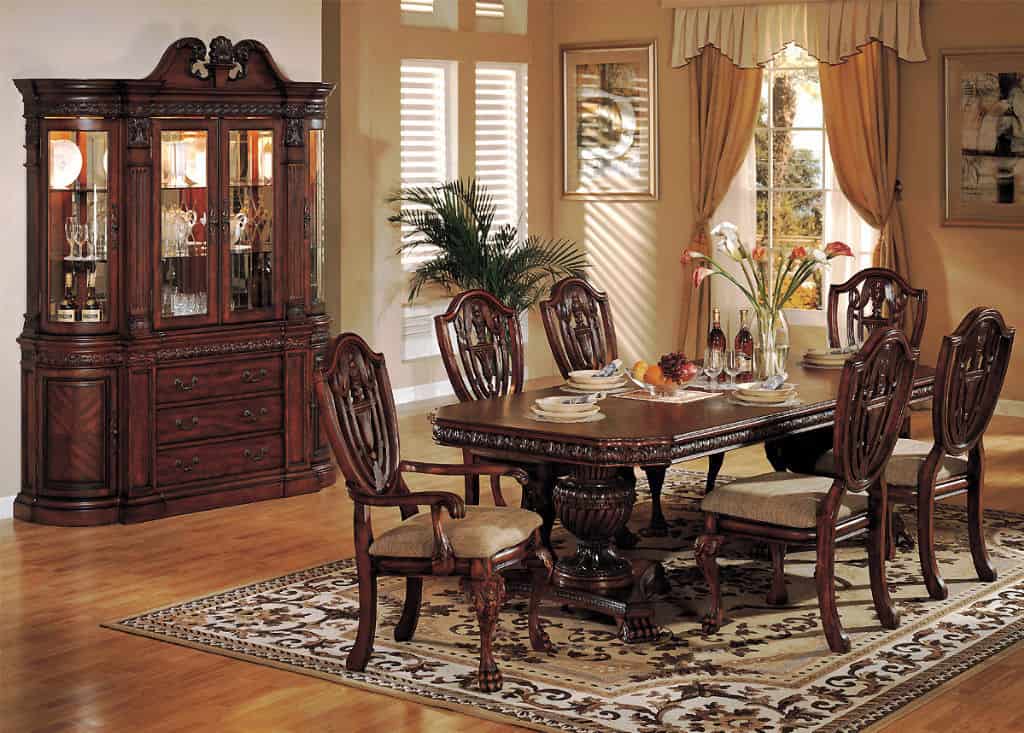
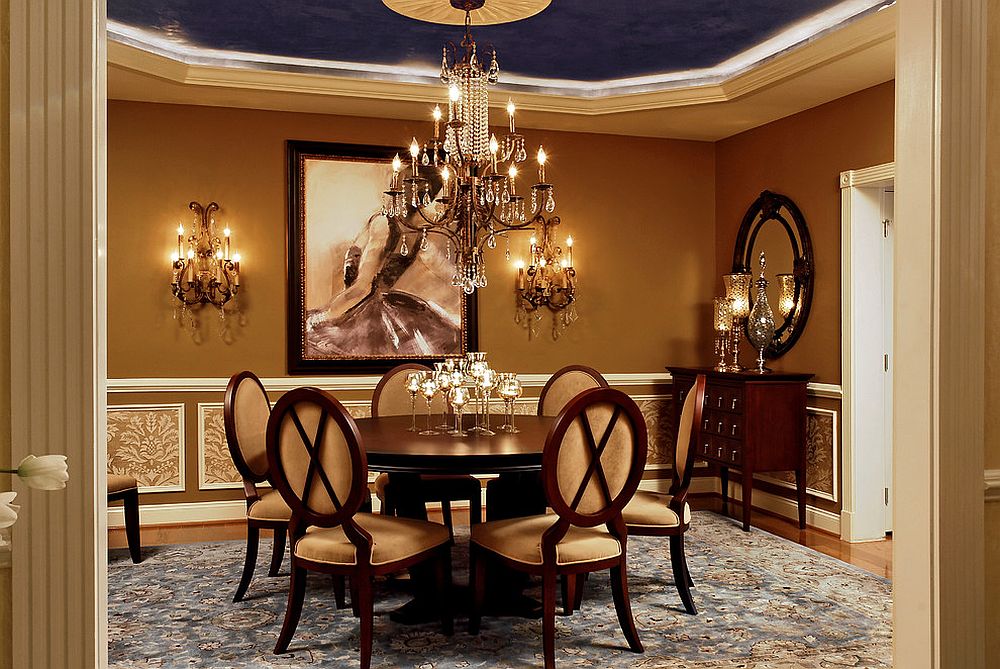
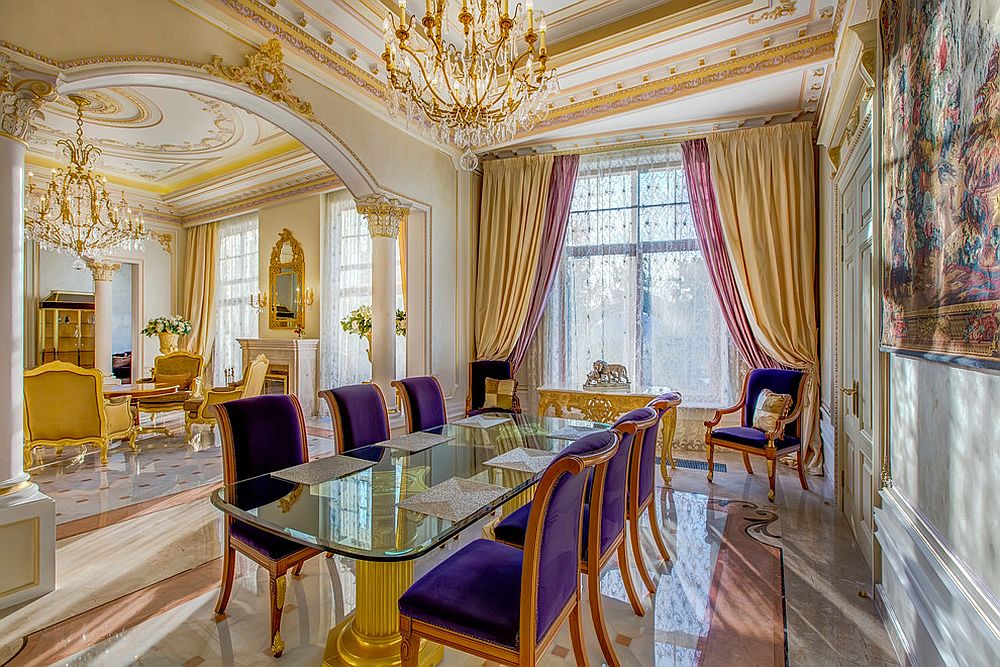
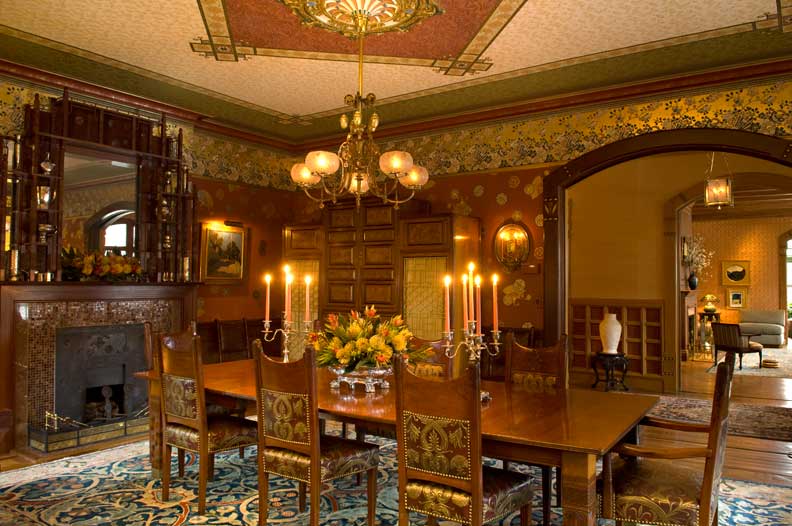
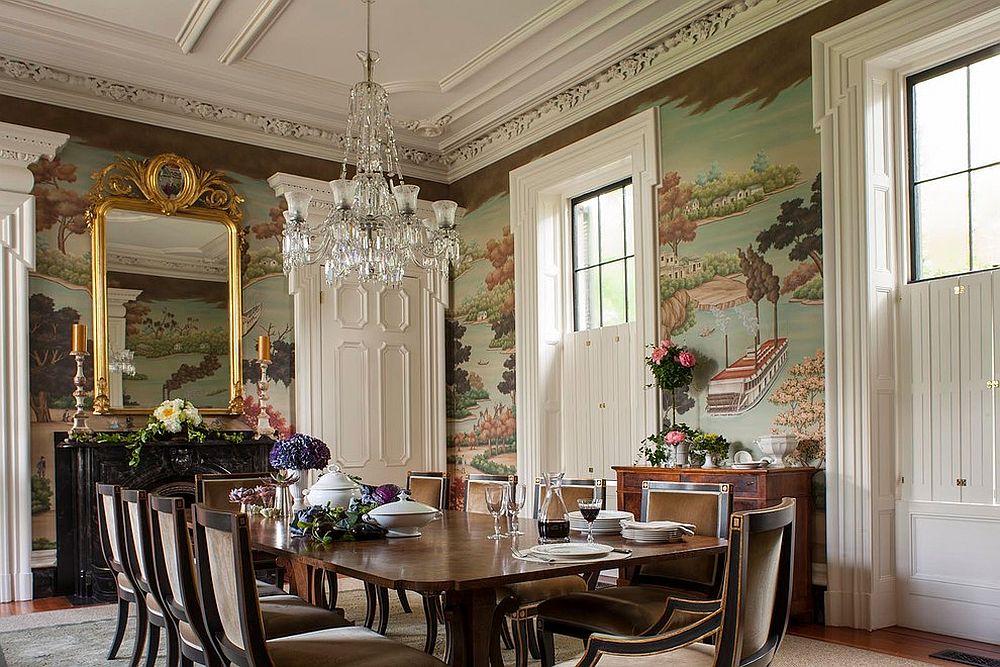



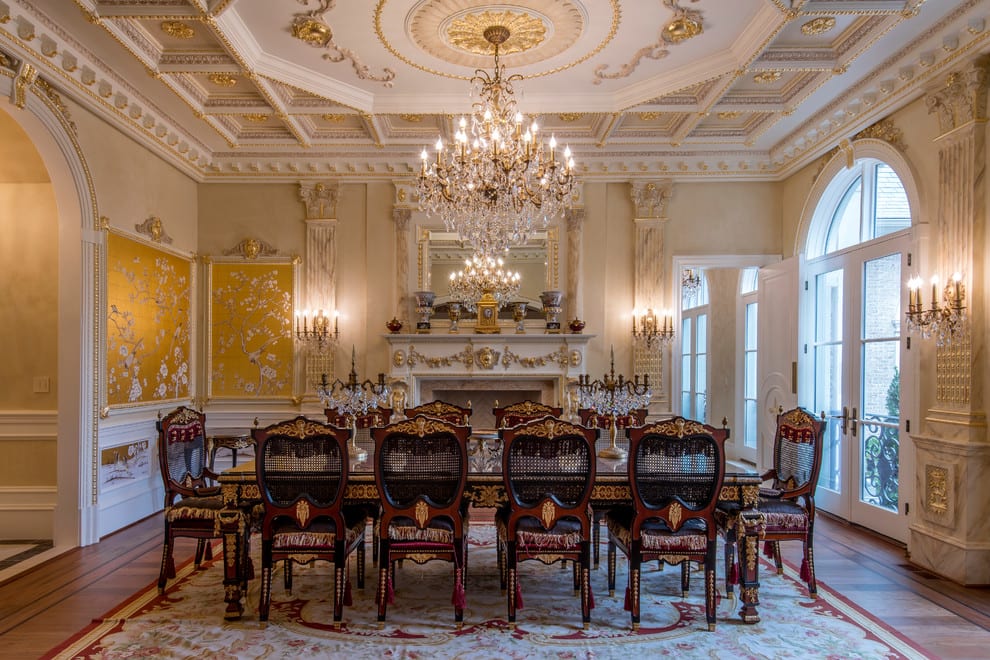




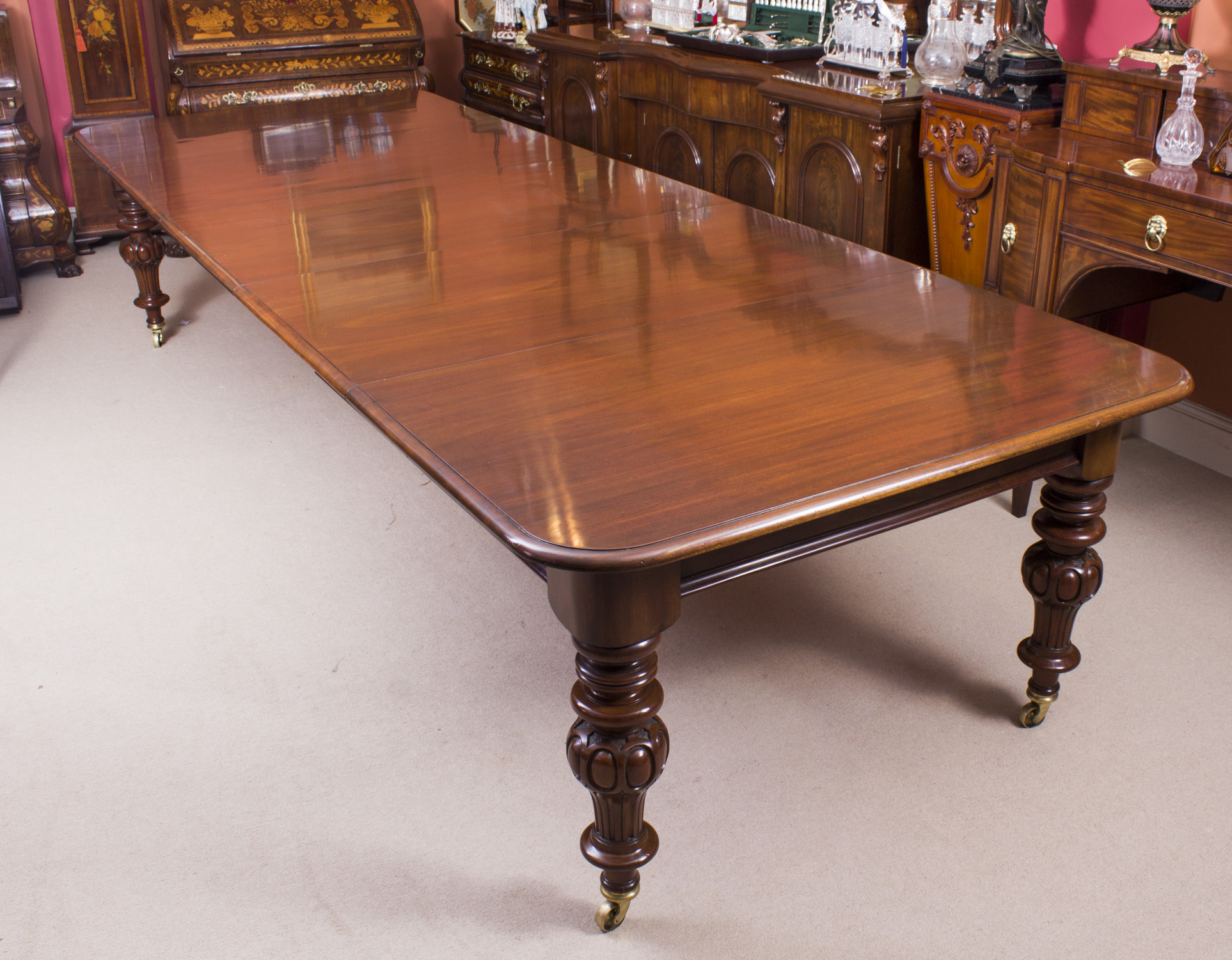
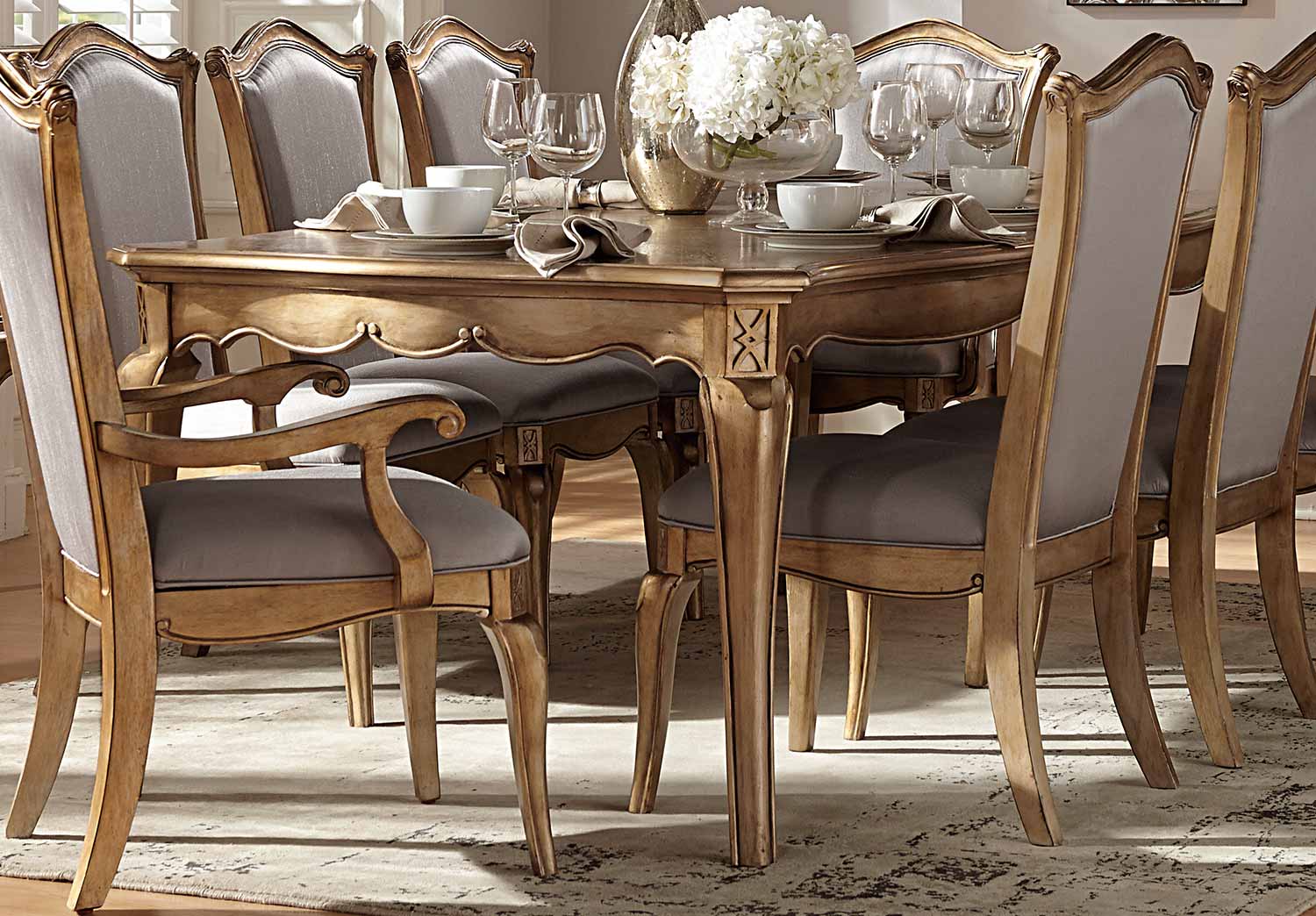

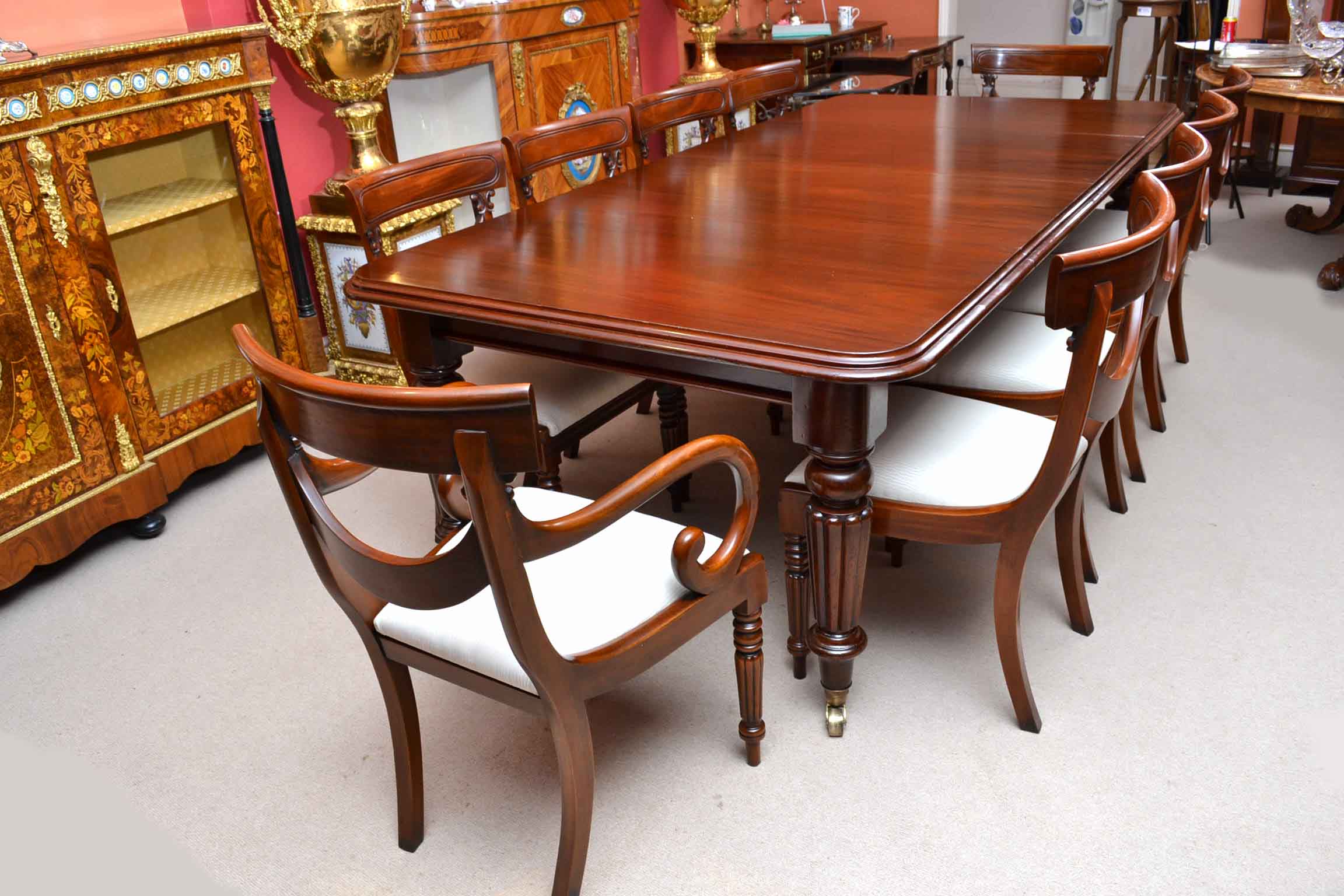
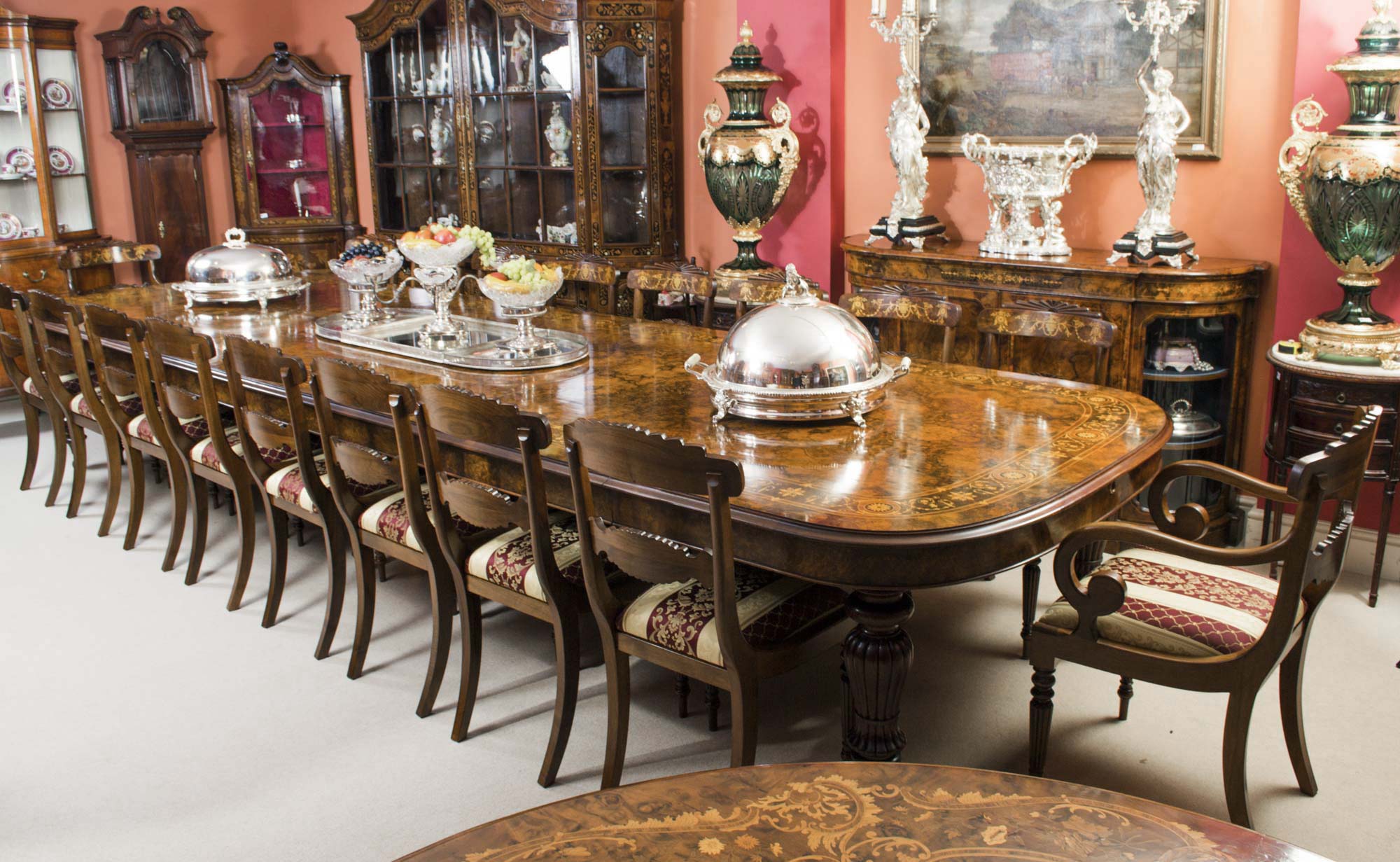
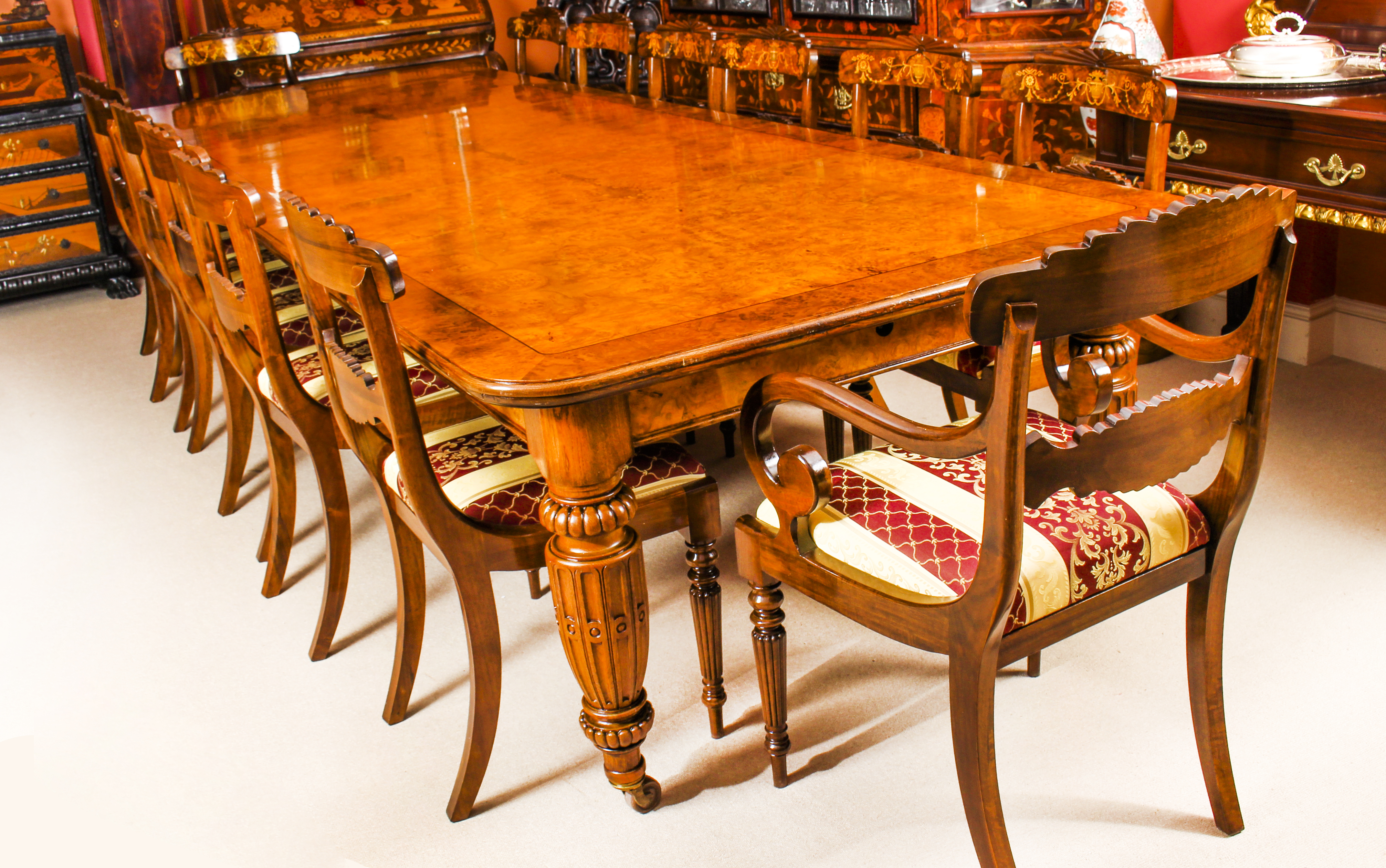
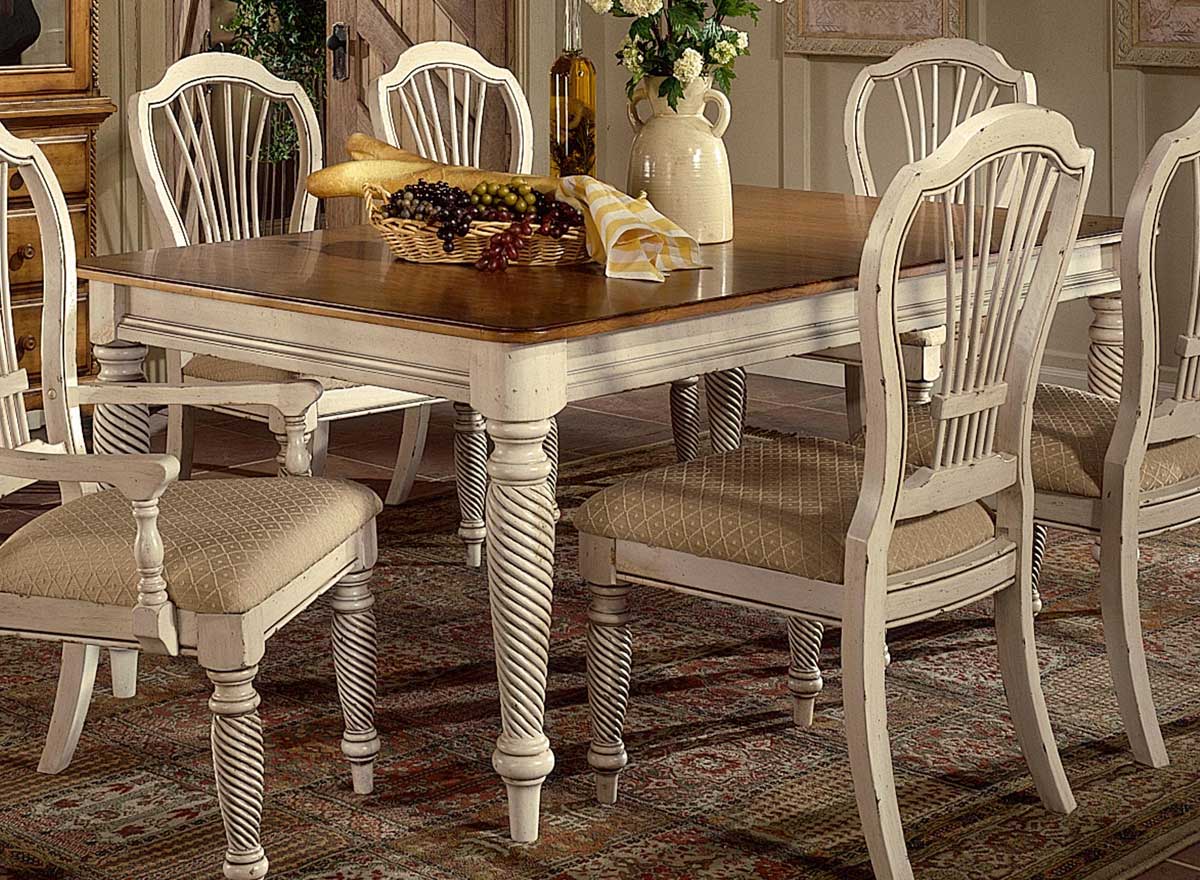



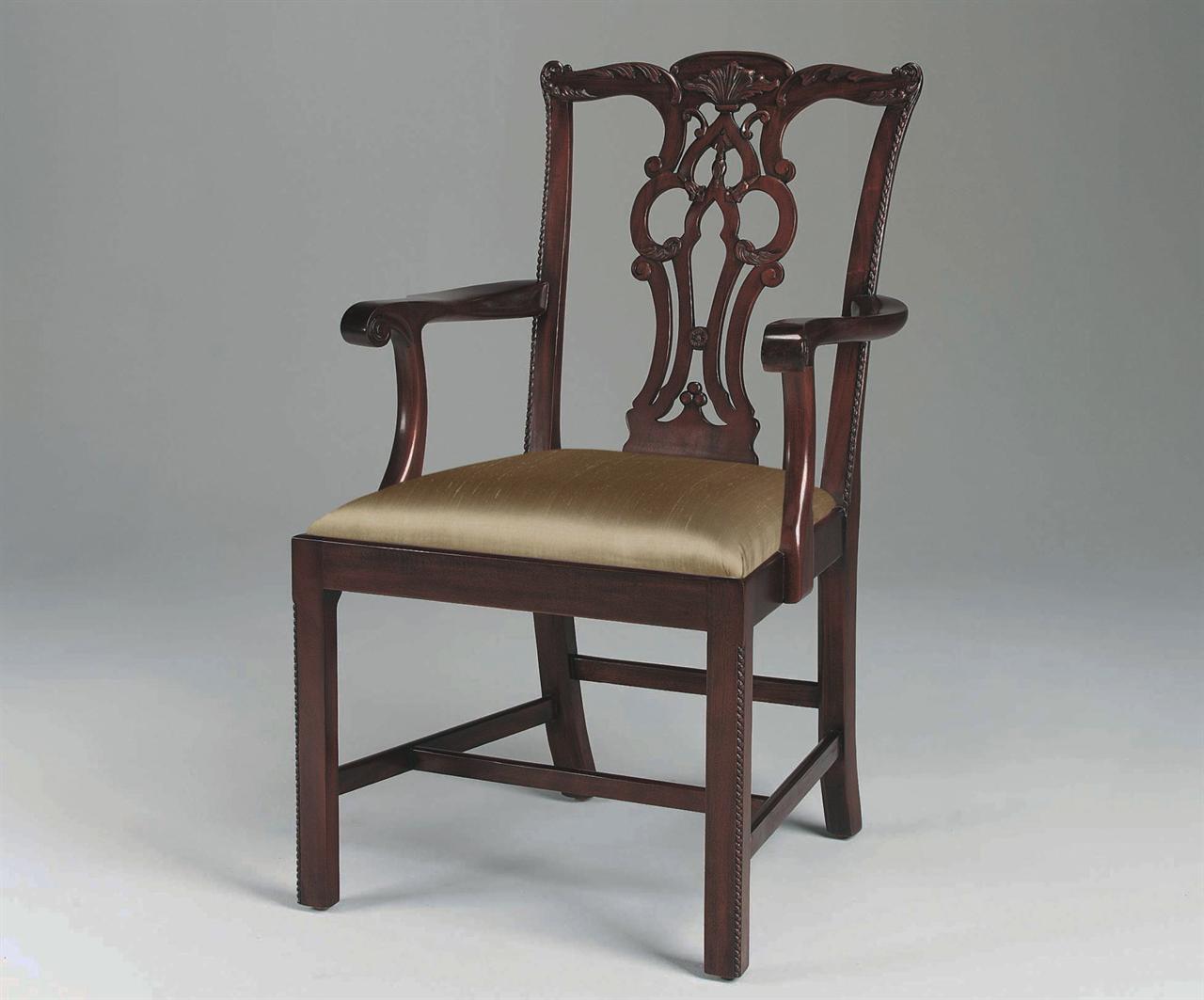

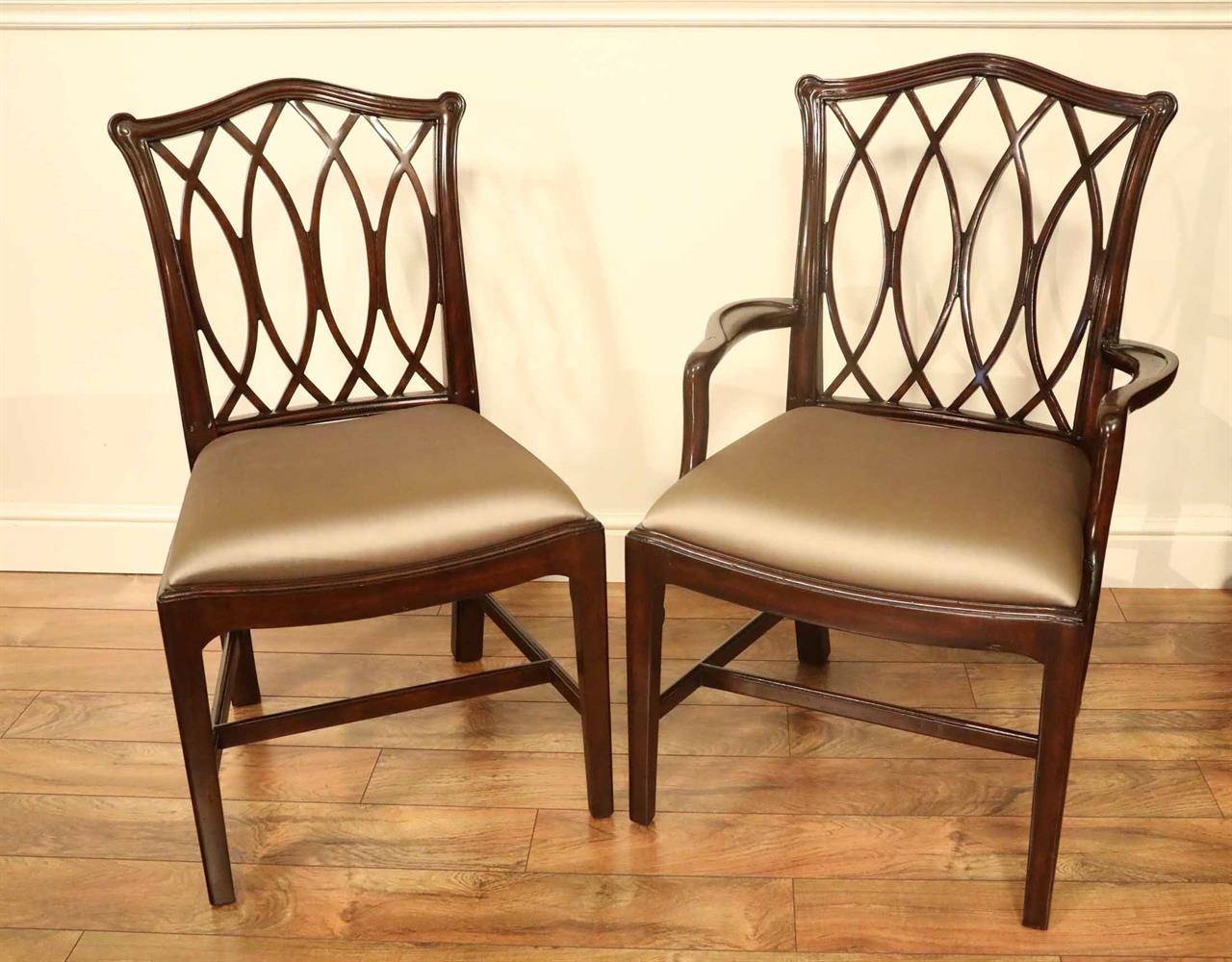


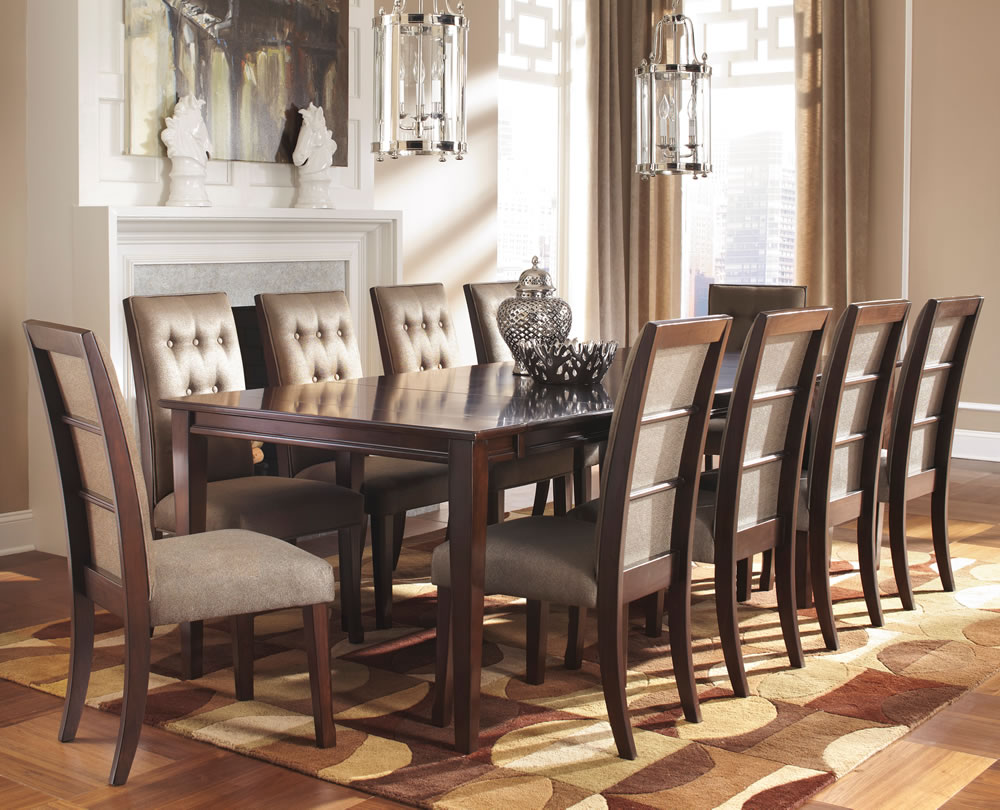


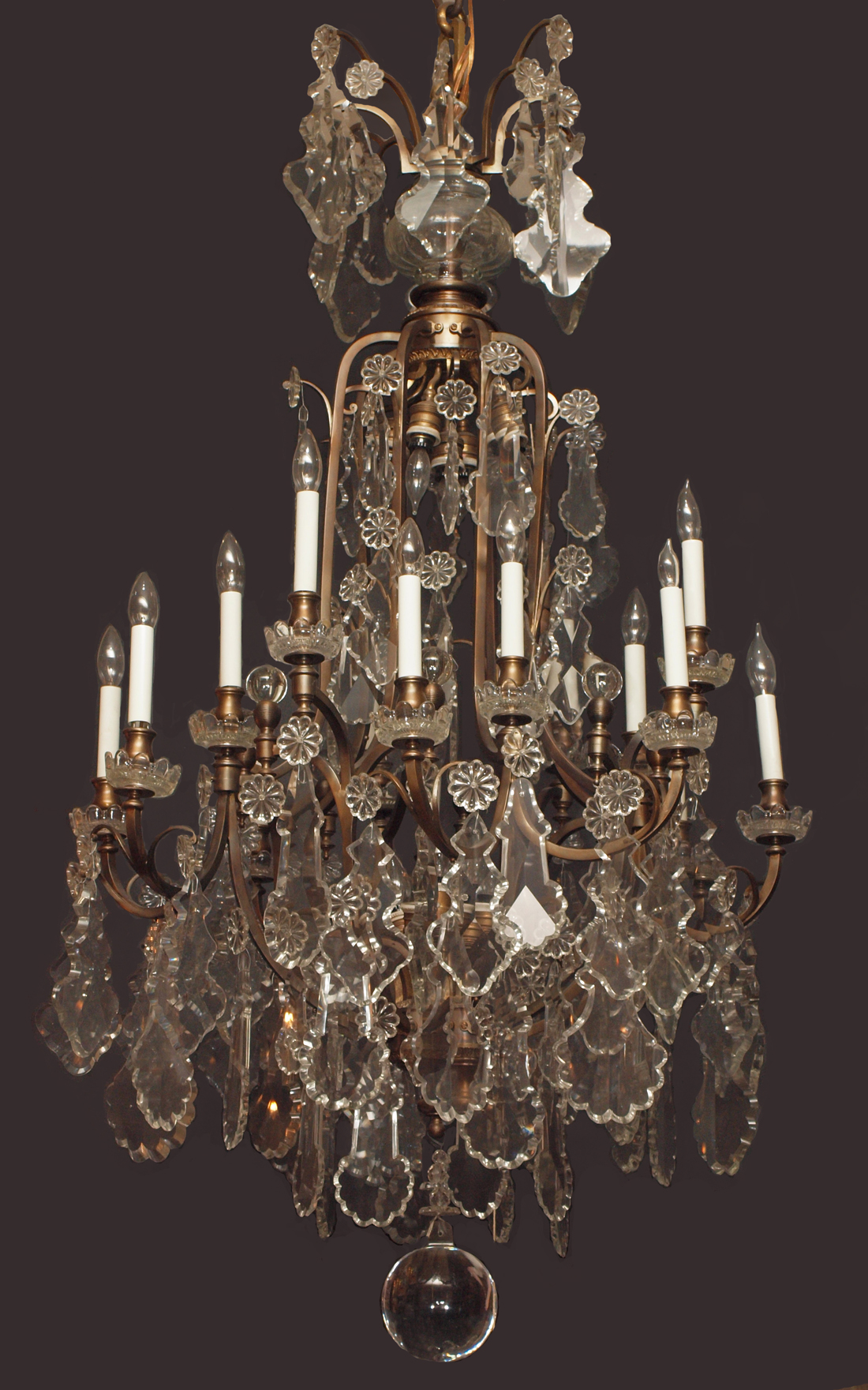
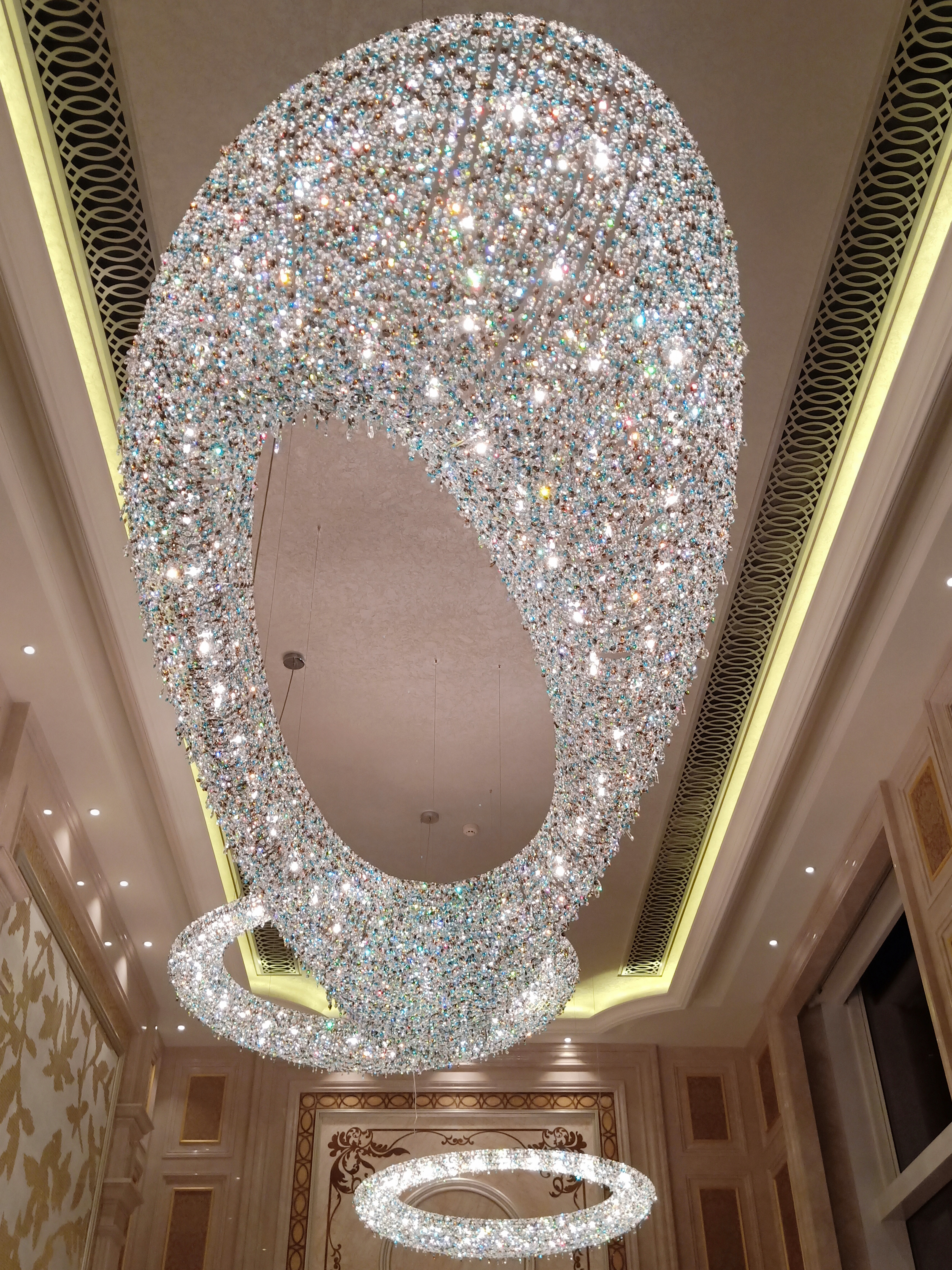
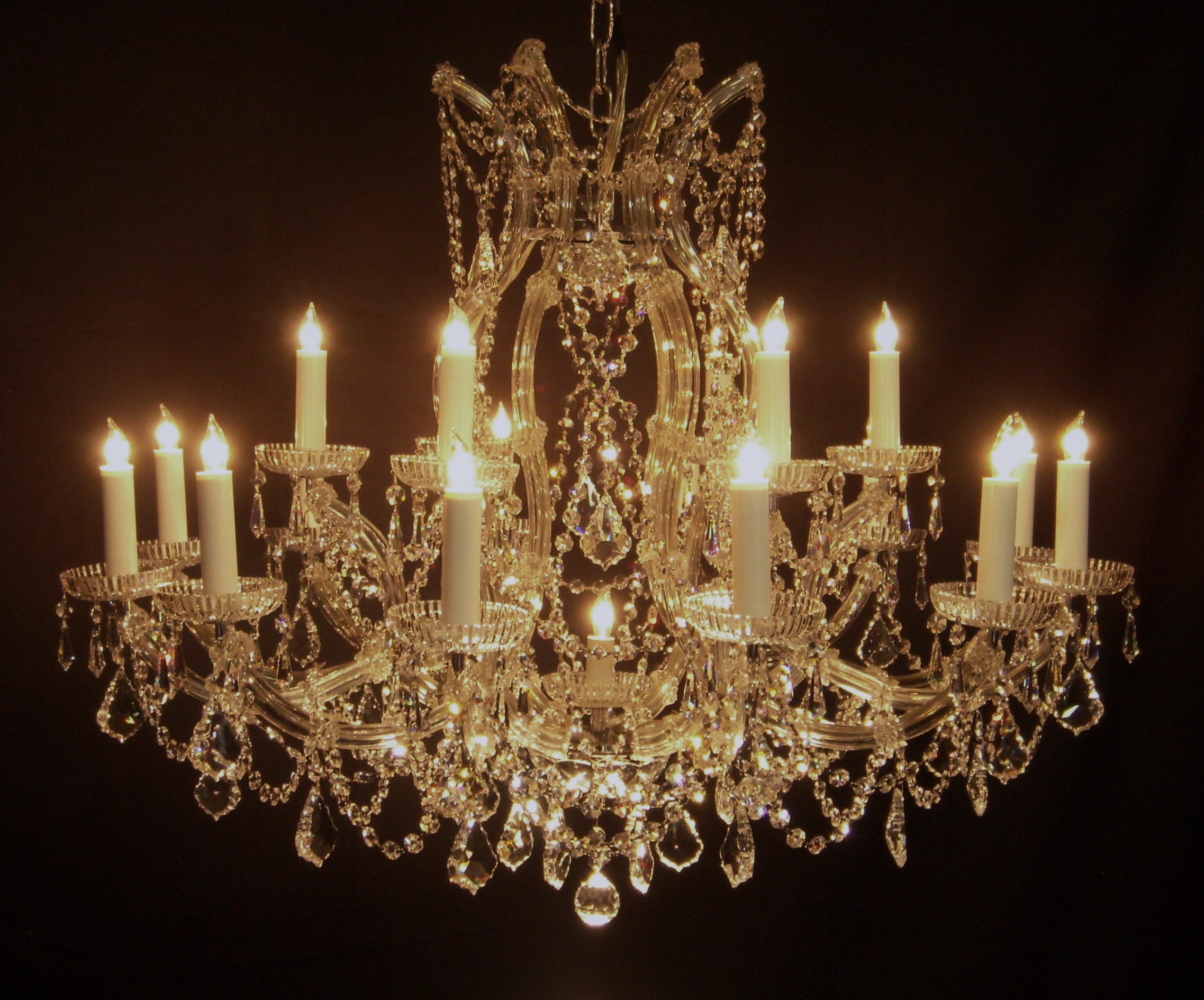

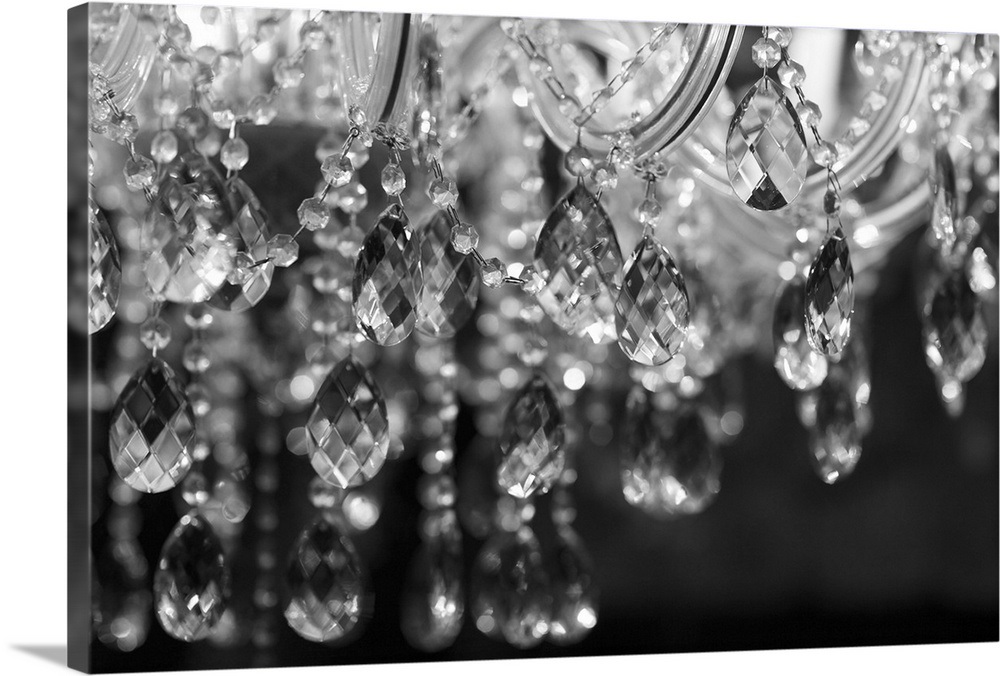
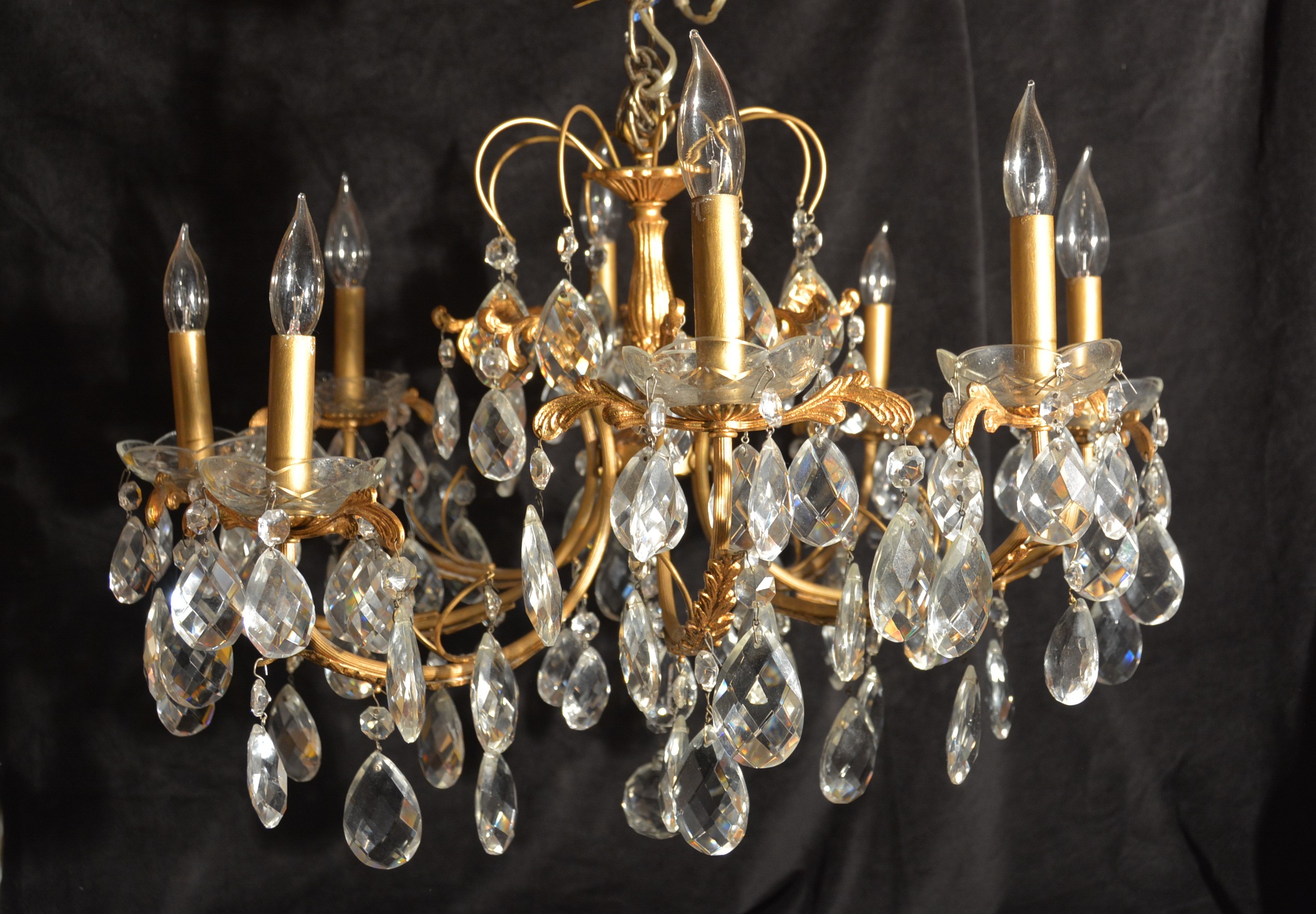
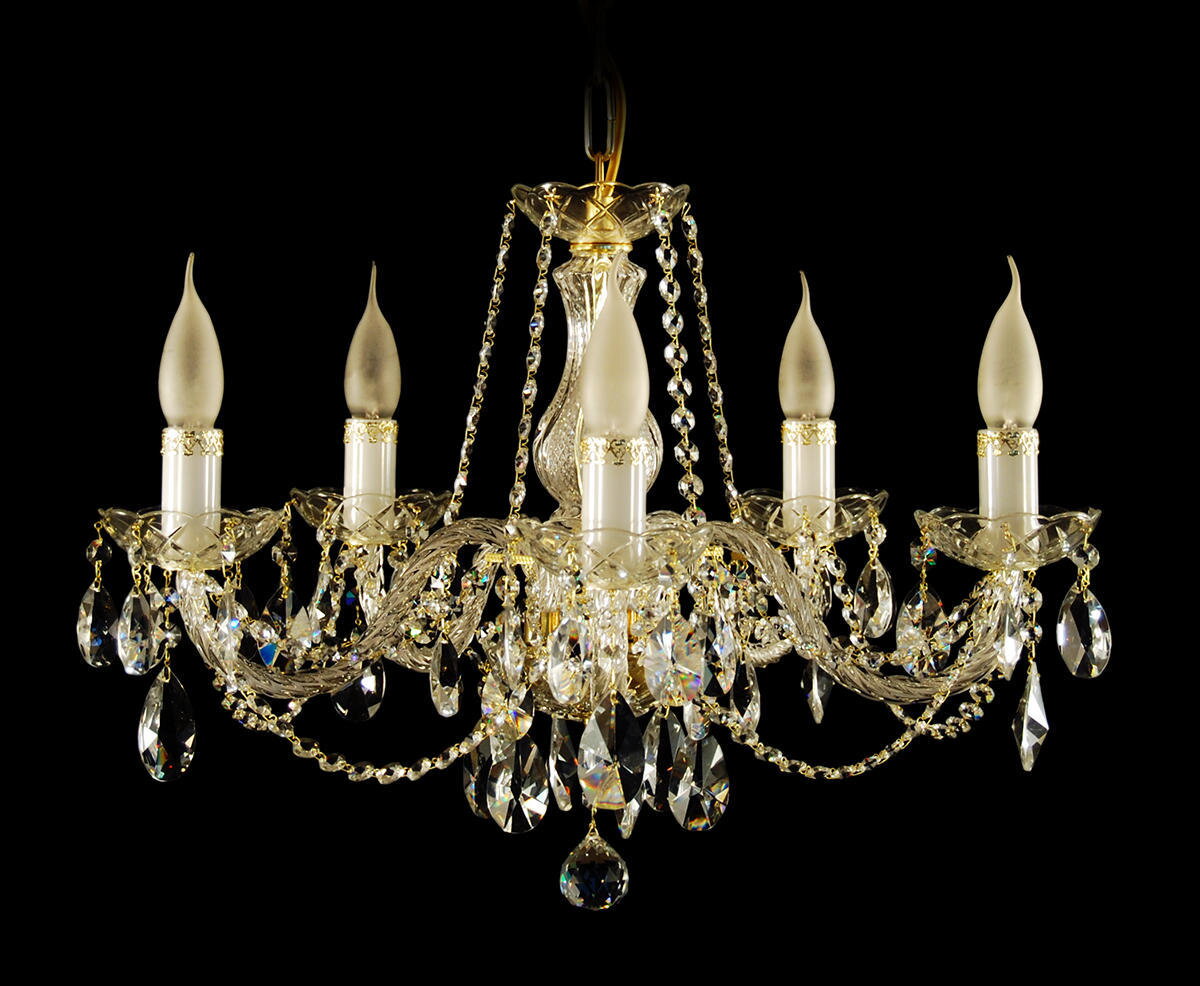

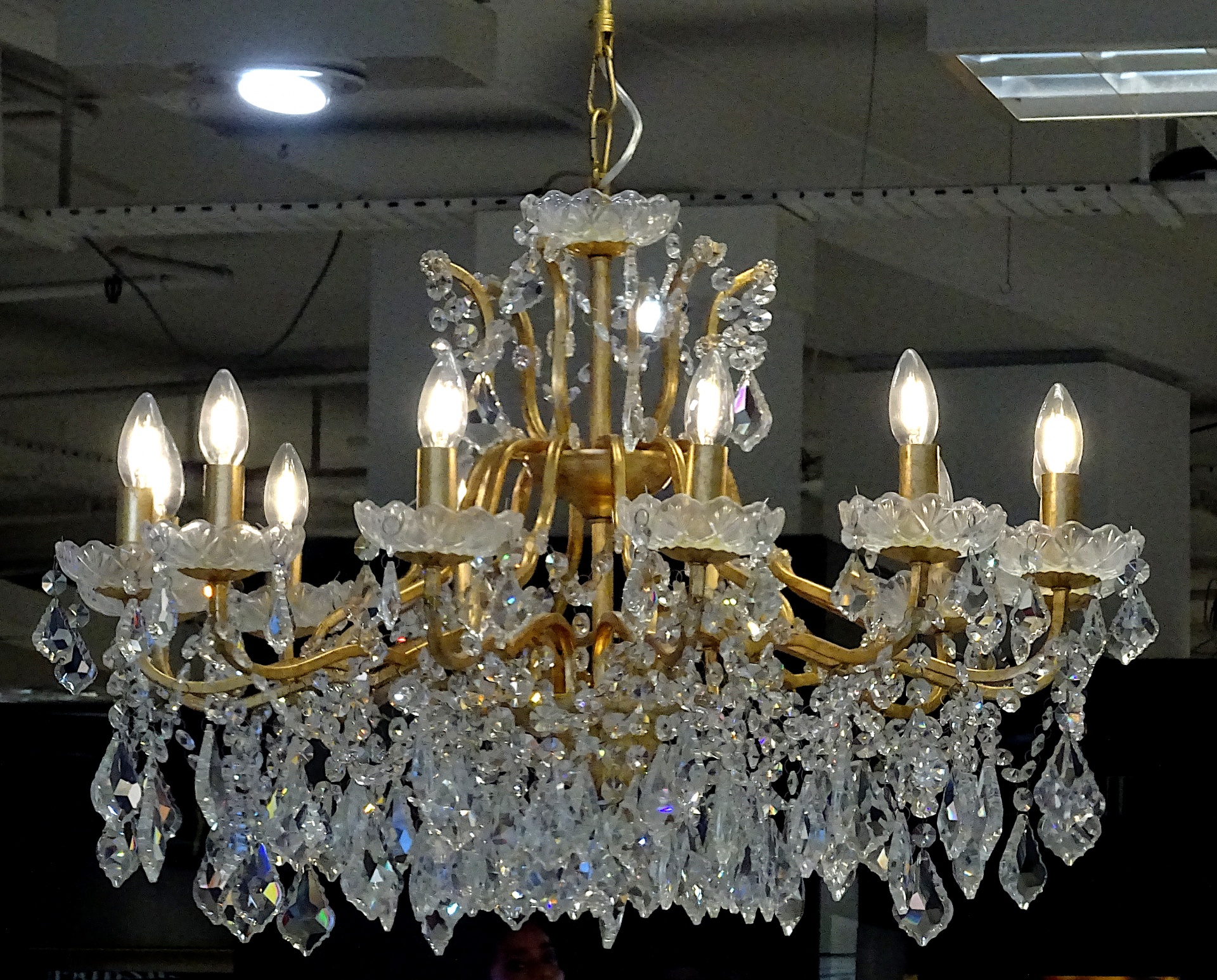

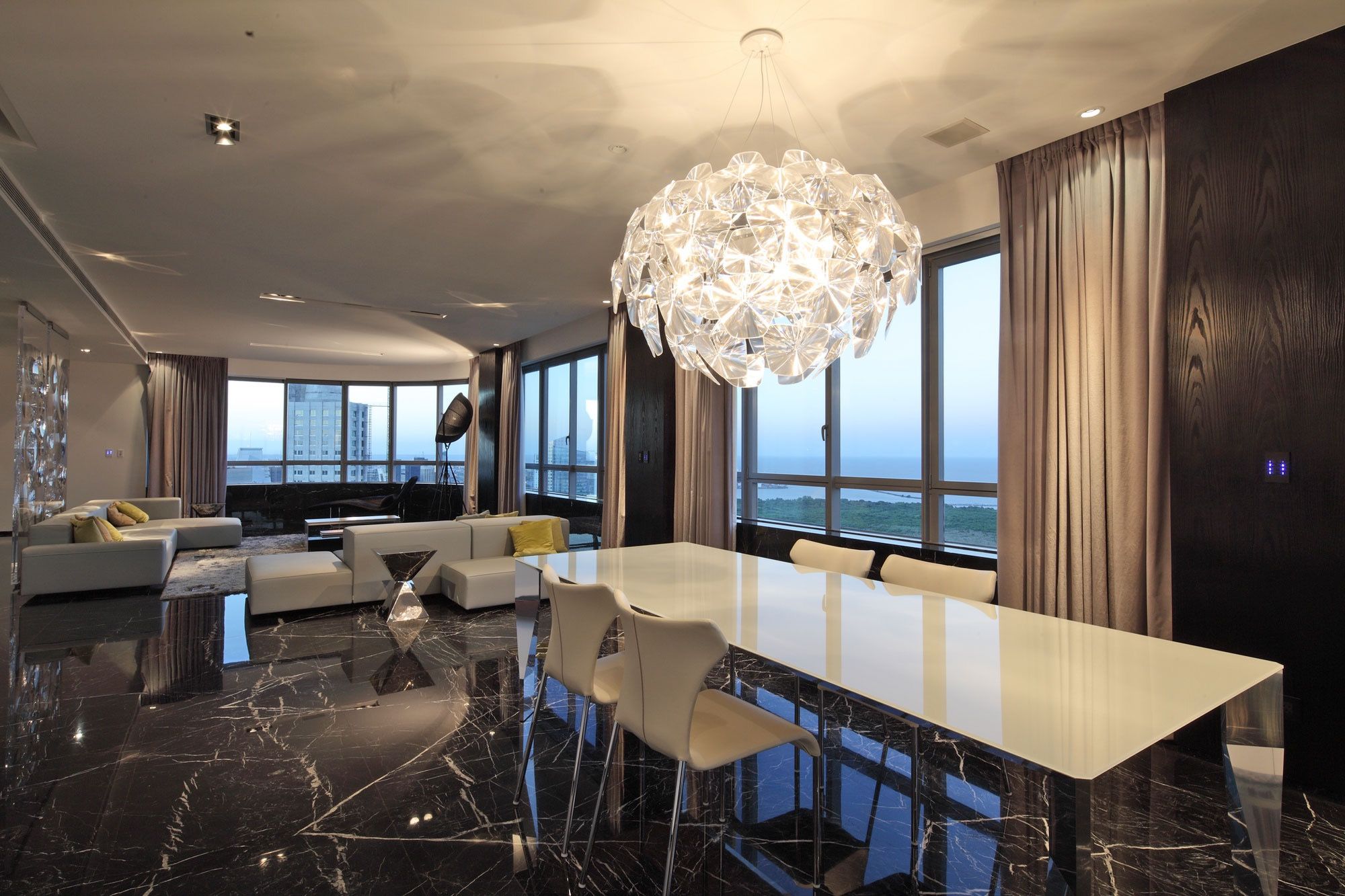

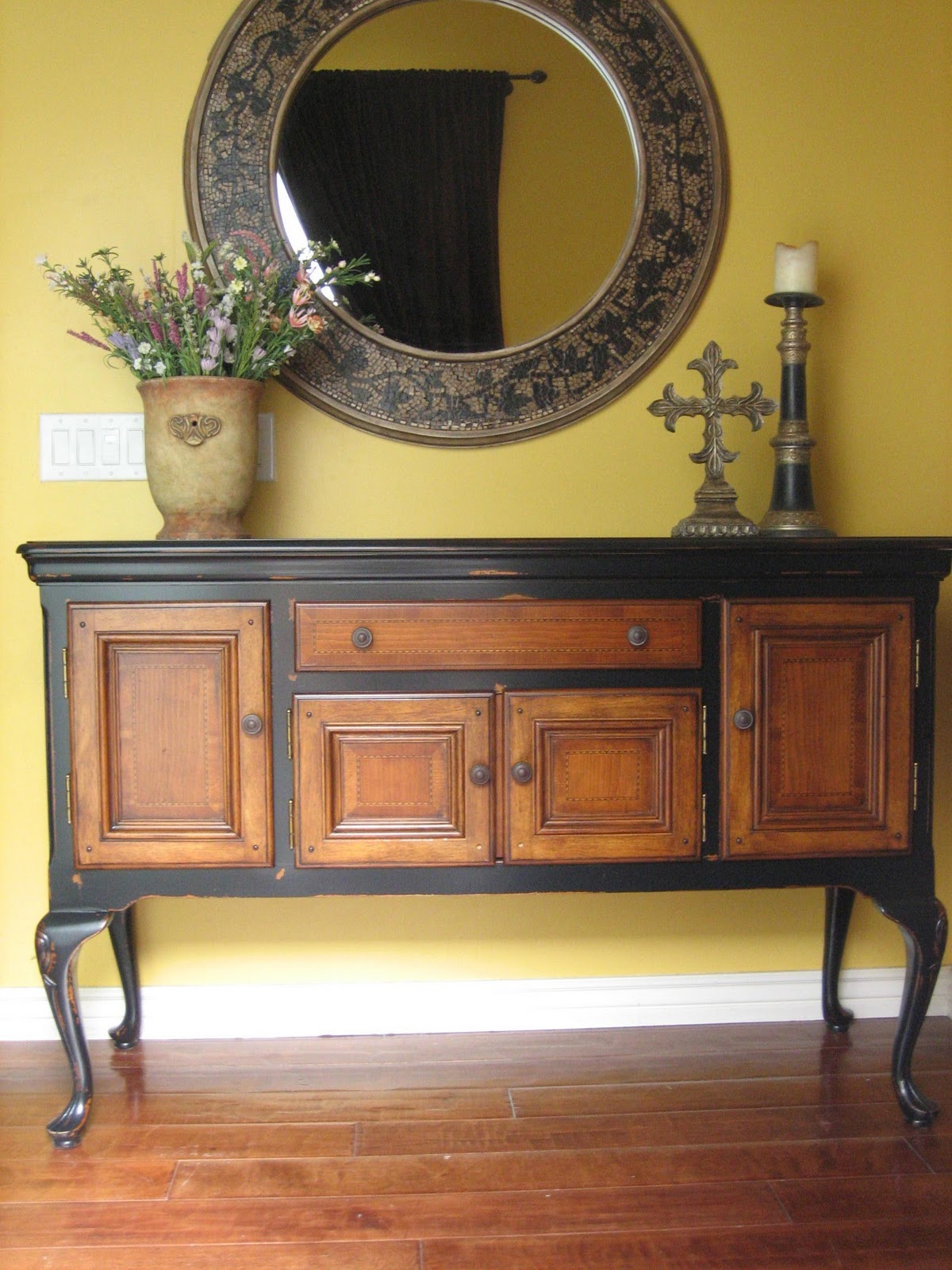
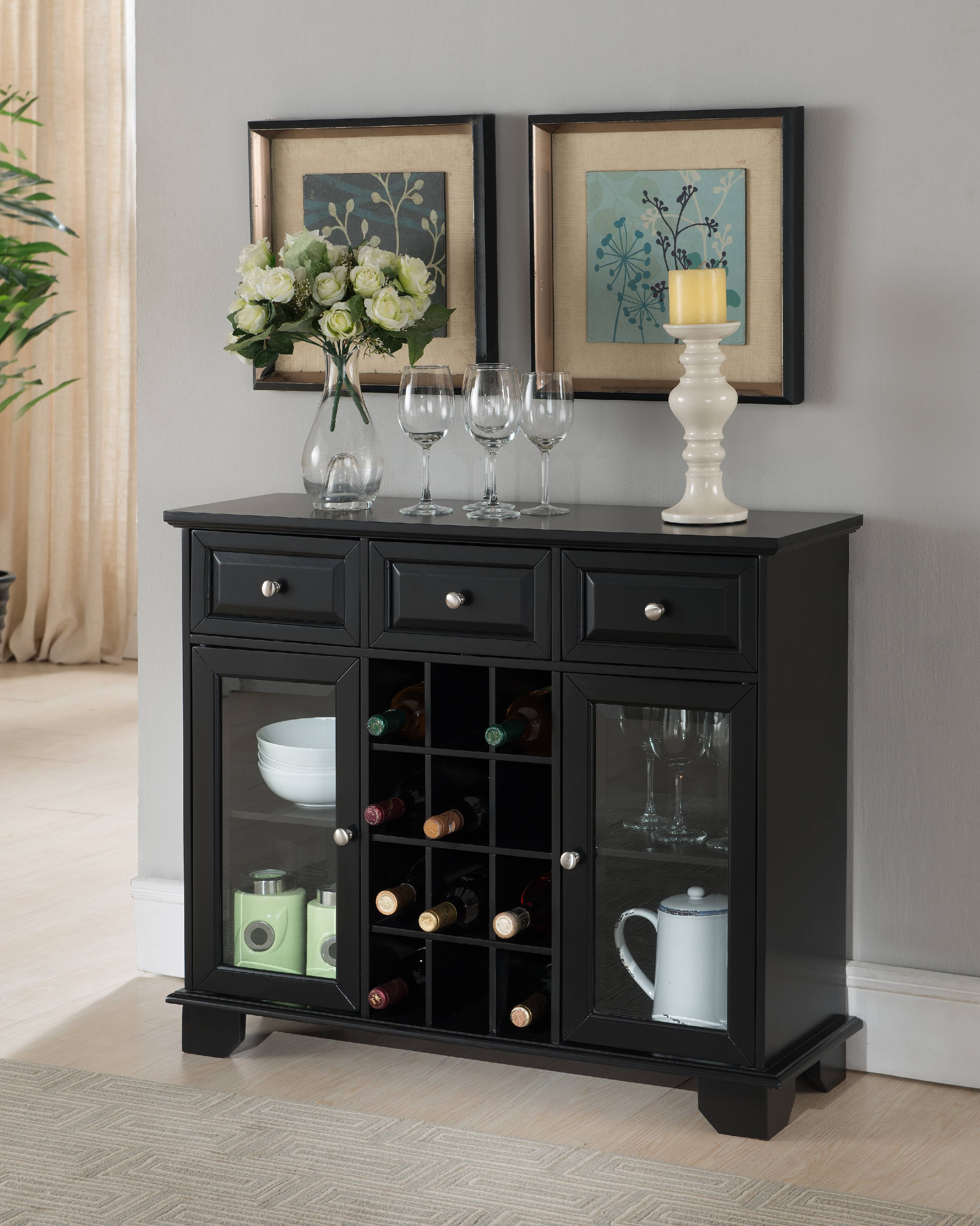



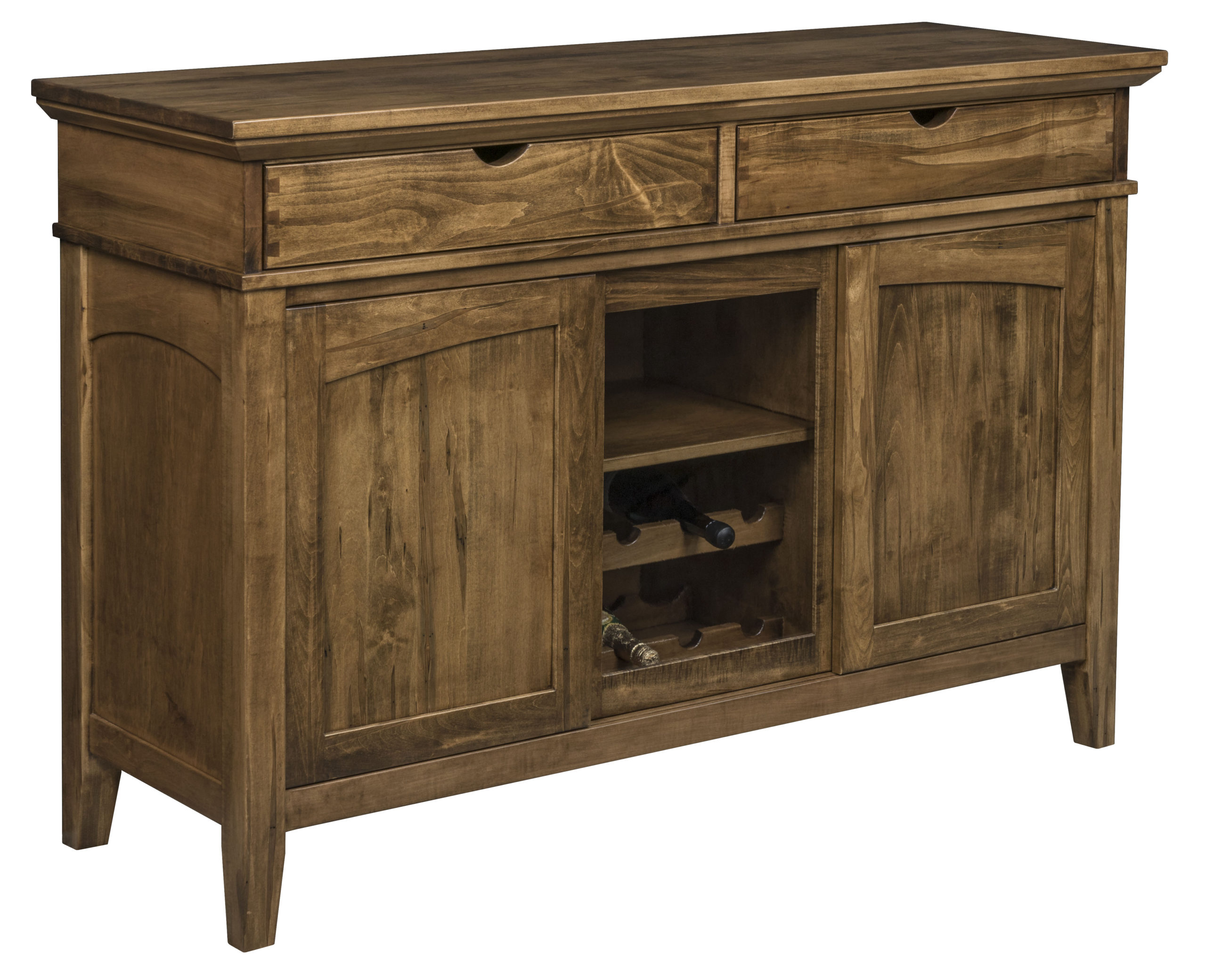

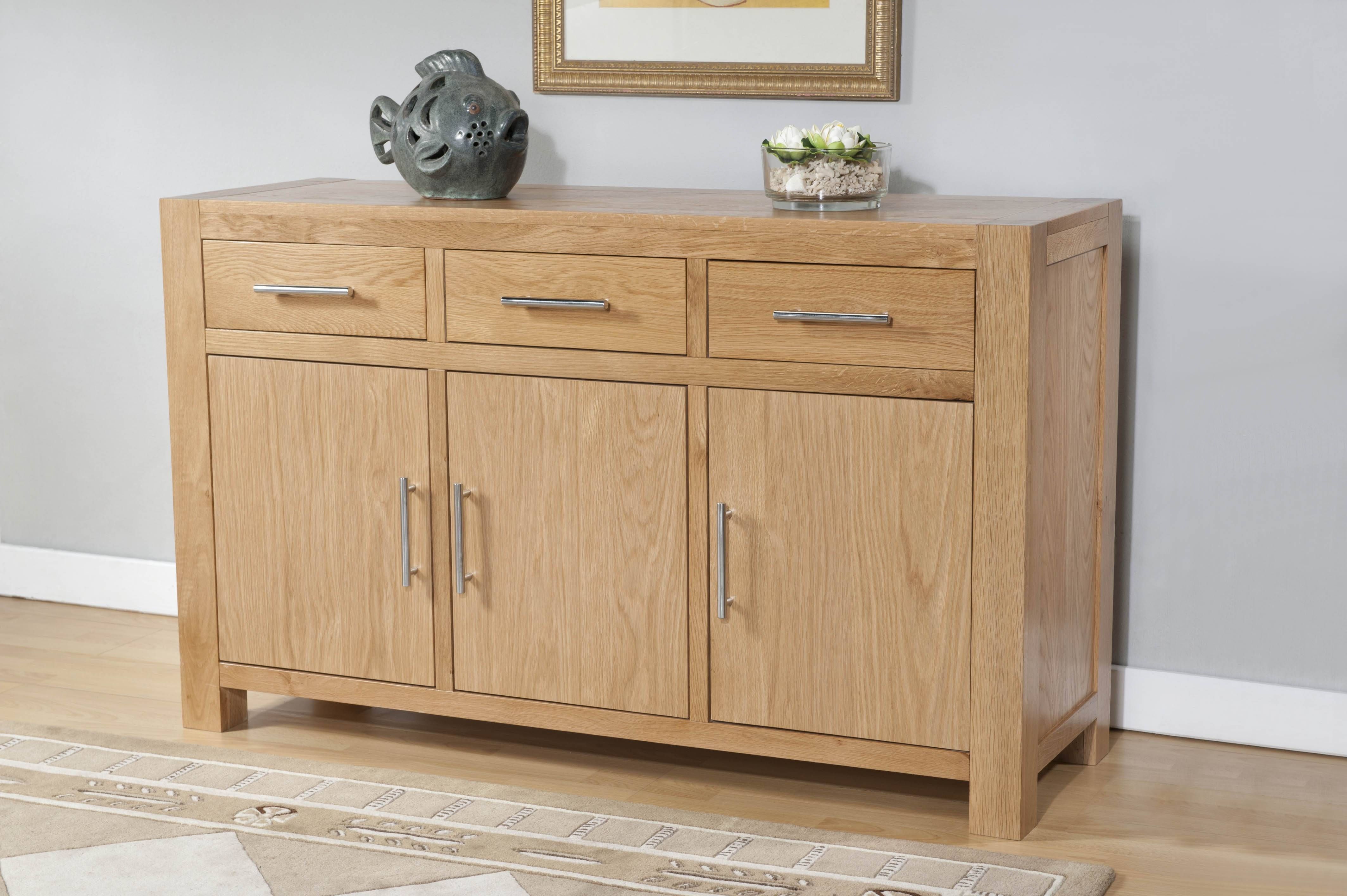
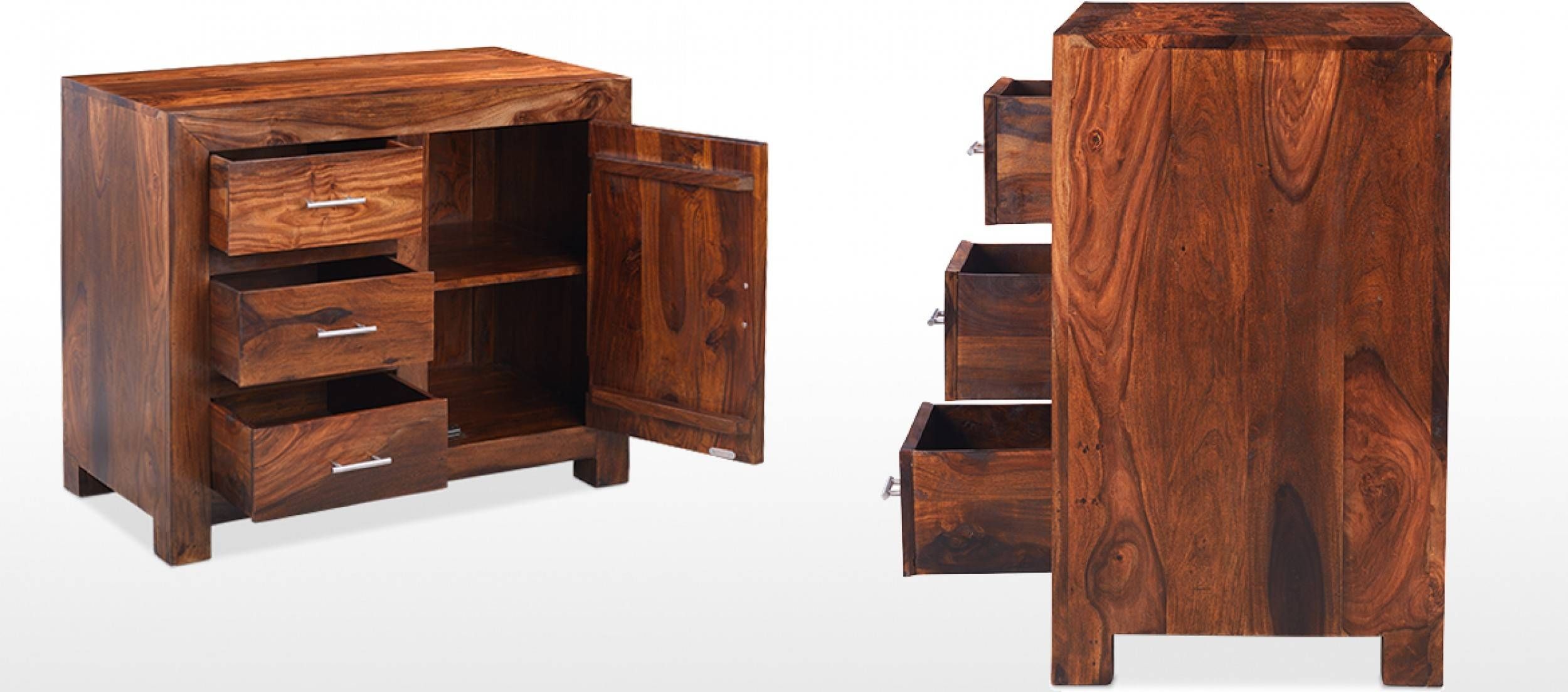



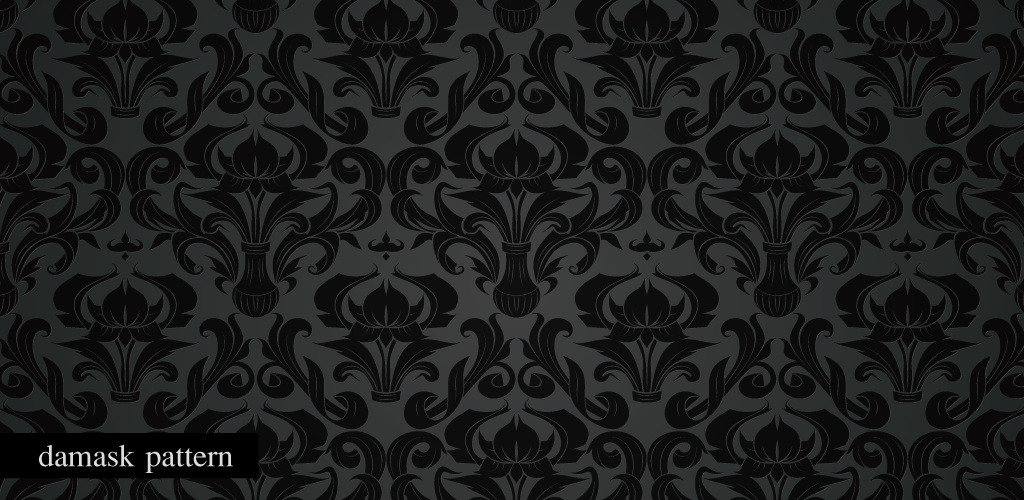



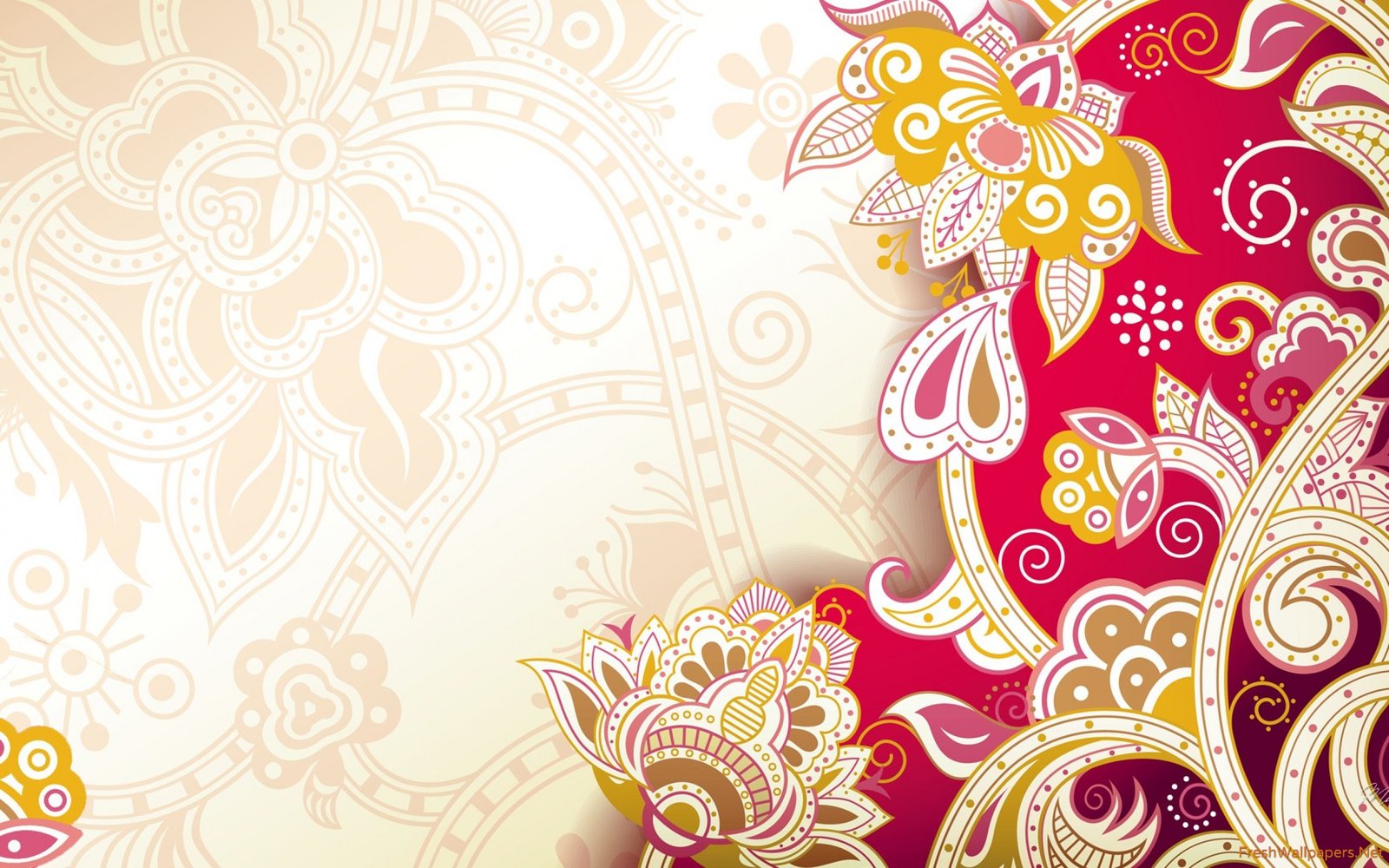










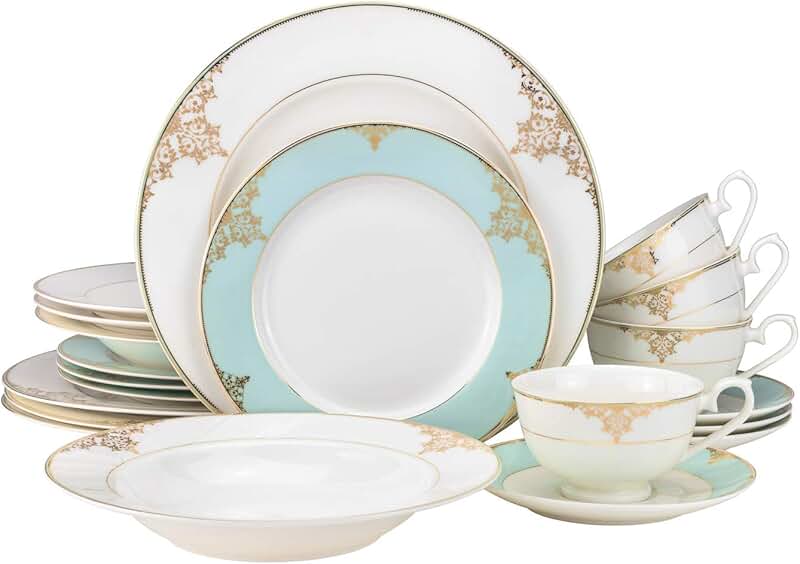

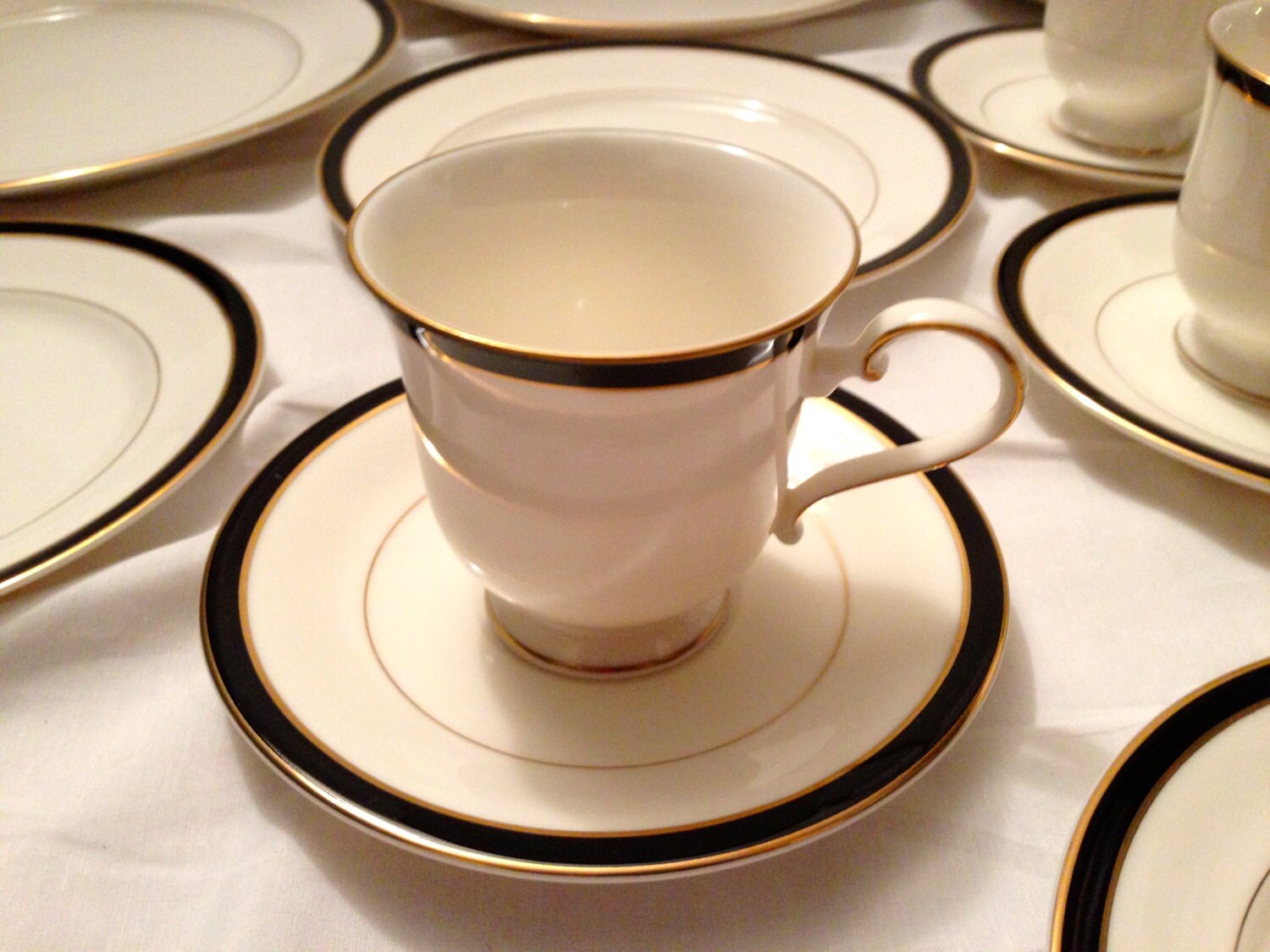
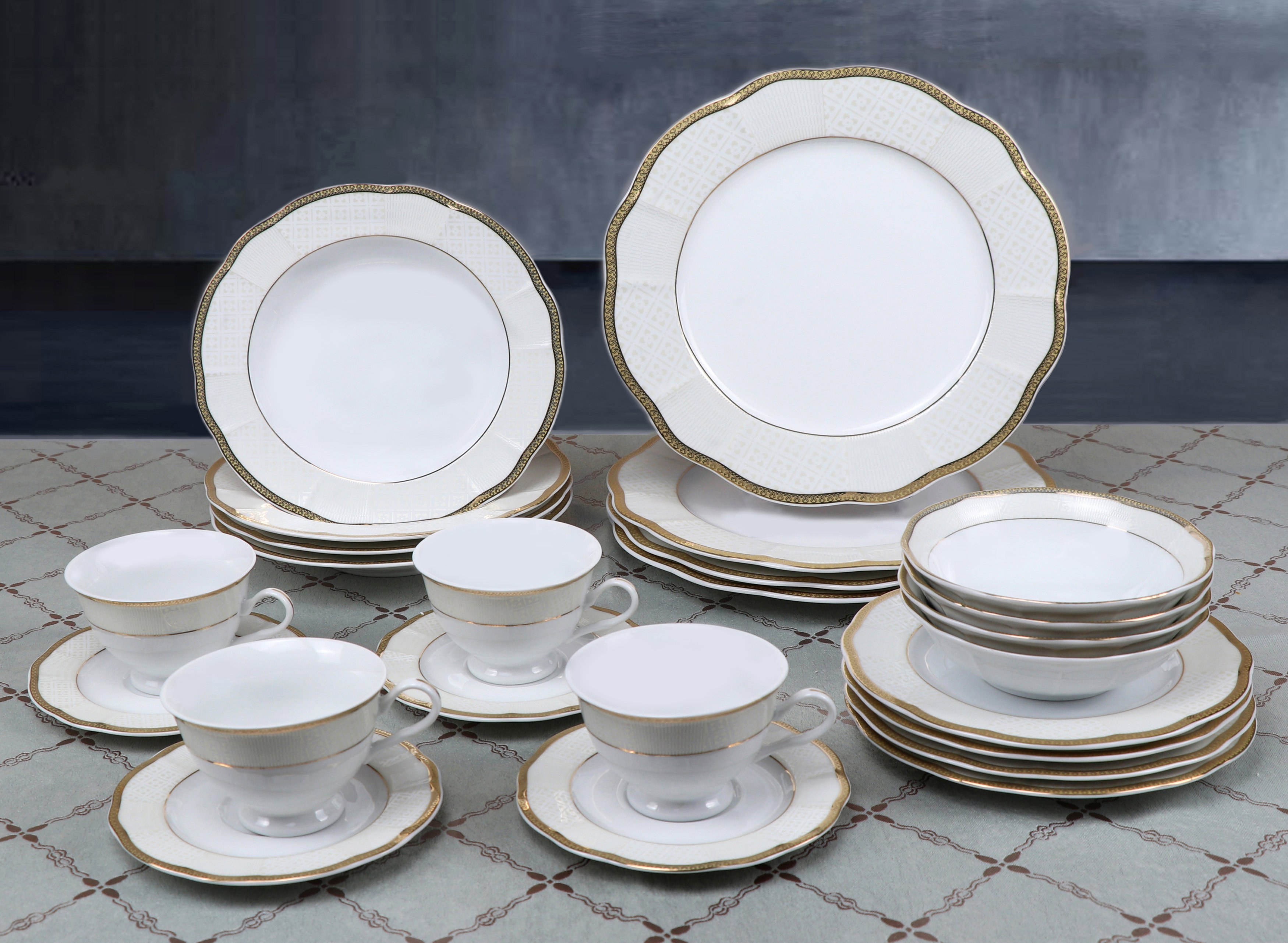




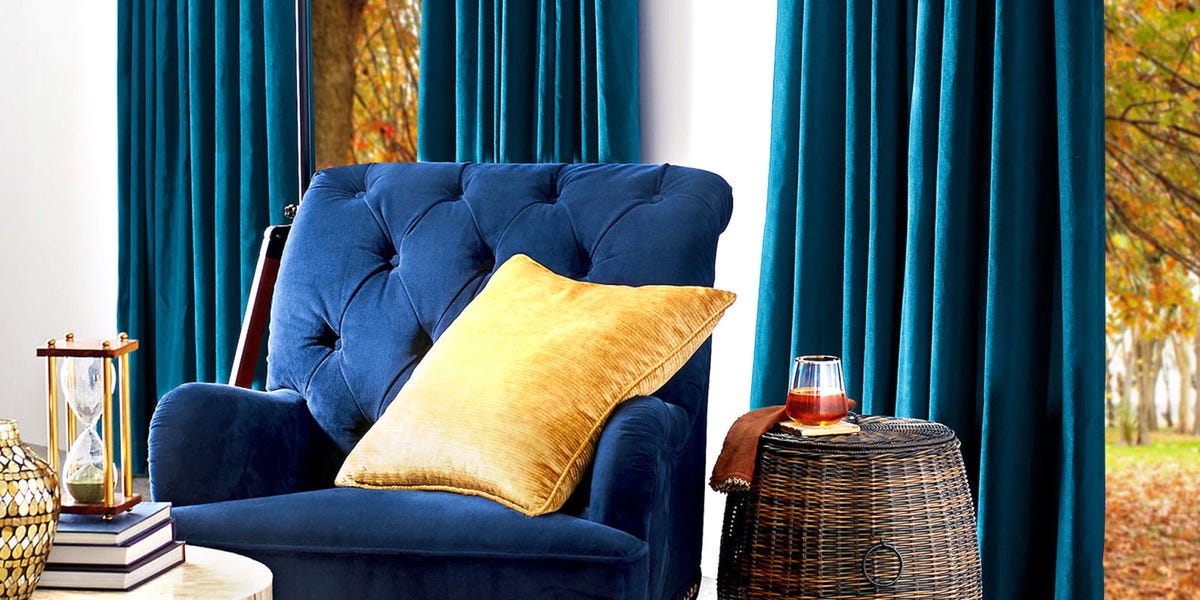
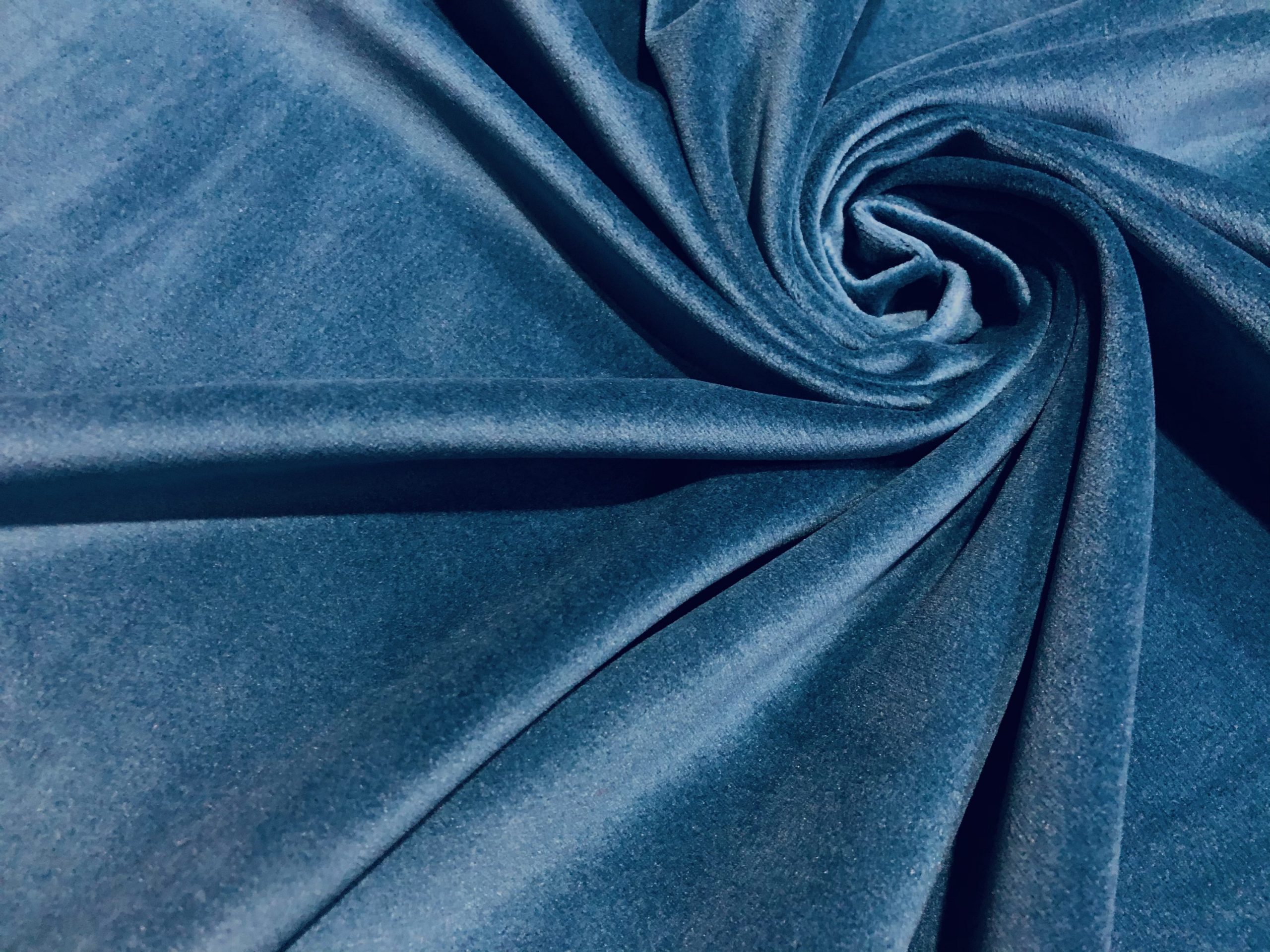


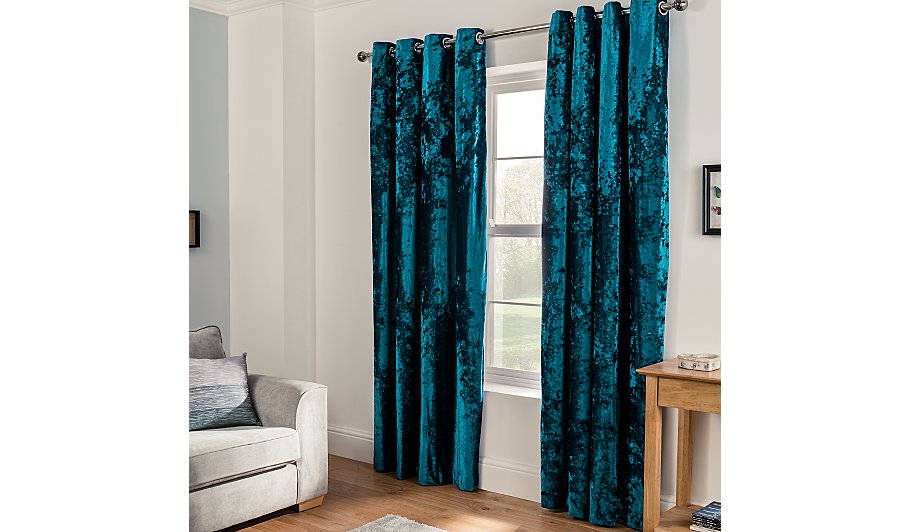

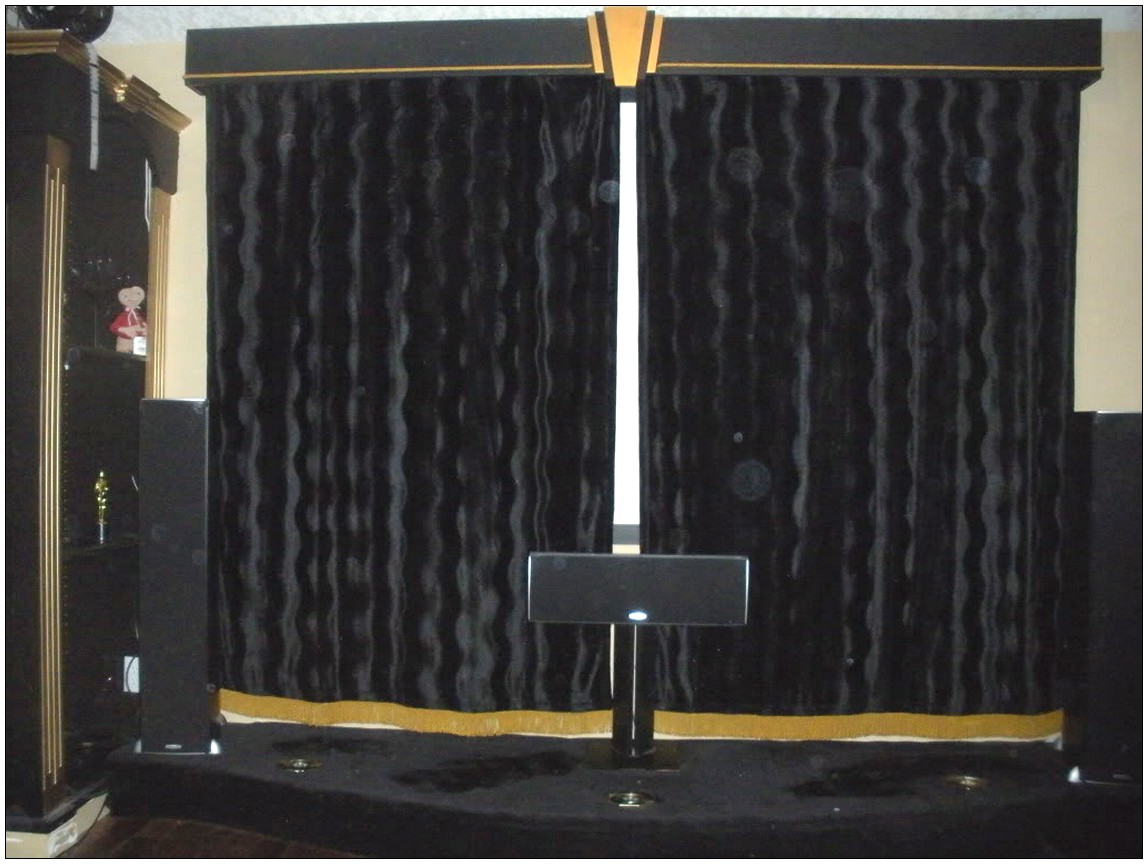
/self-adhesive-wall-murals-red-velvet-curtains-background.jpg.jpg)
